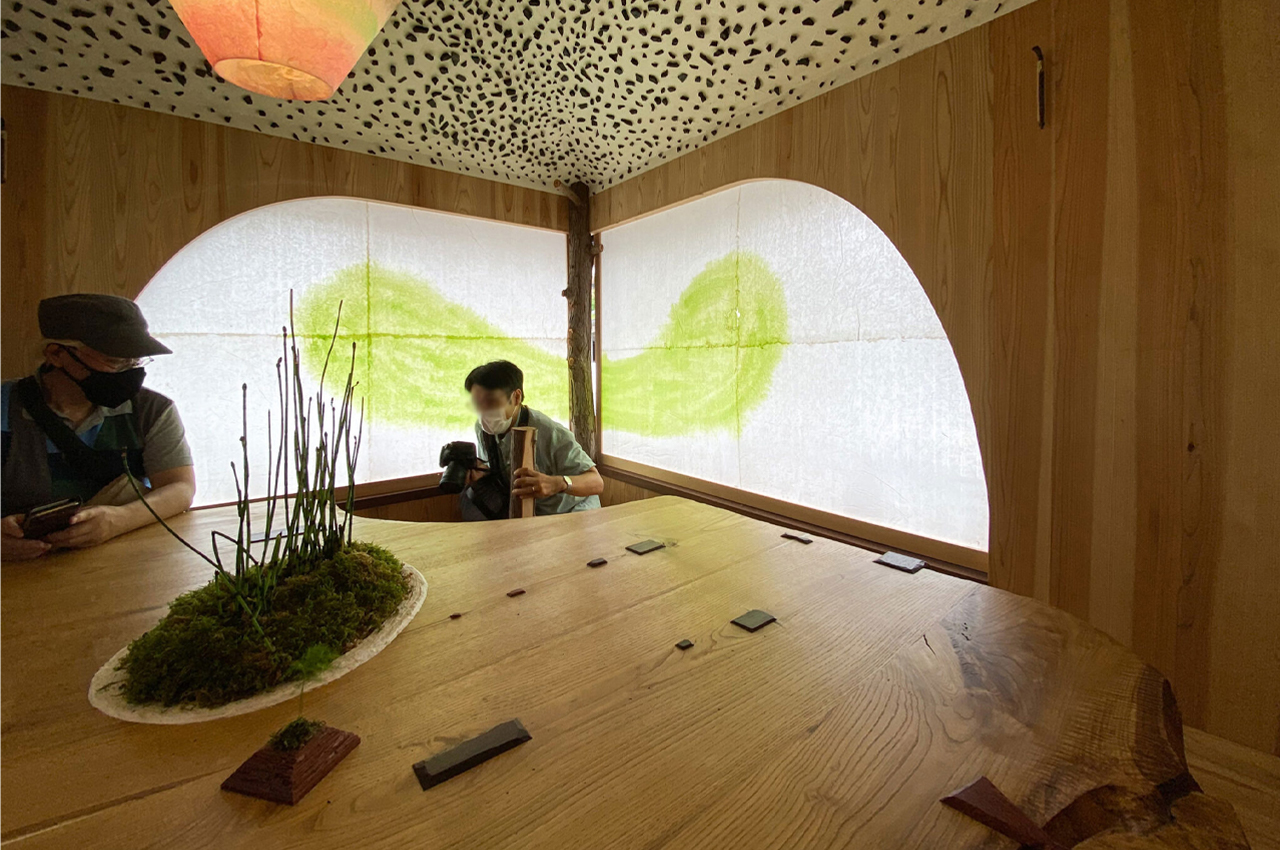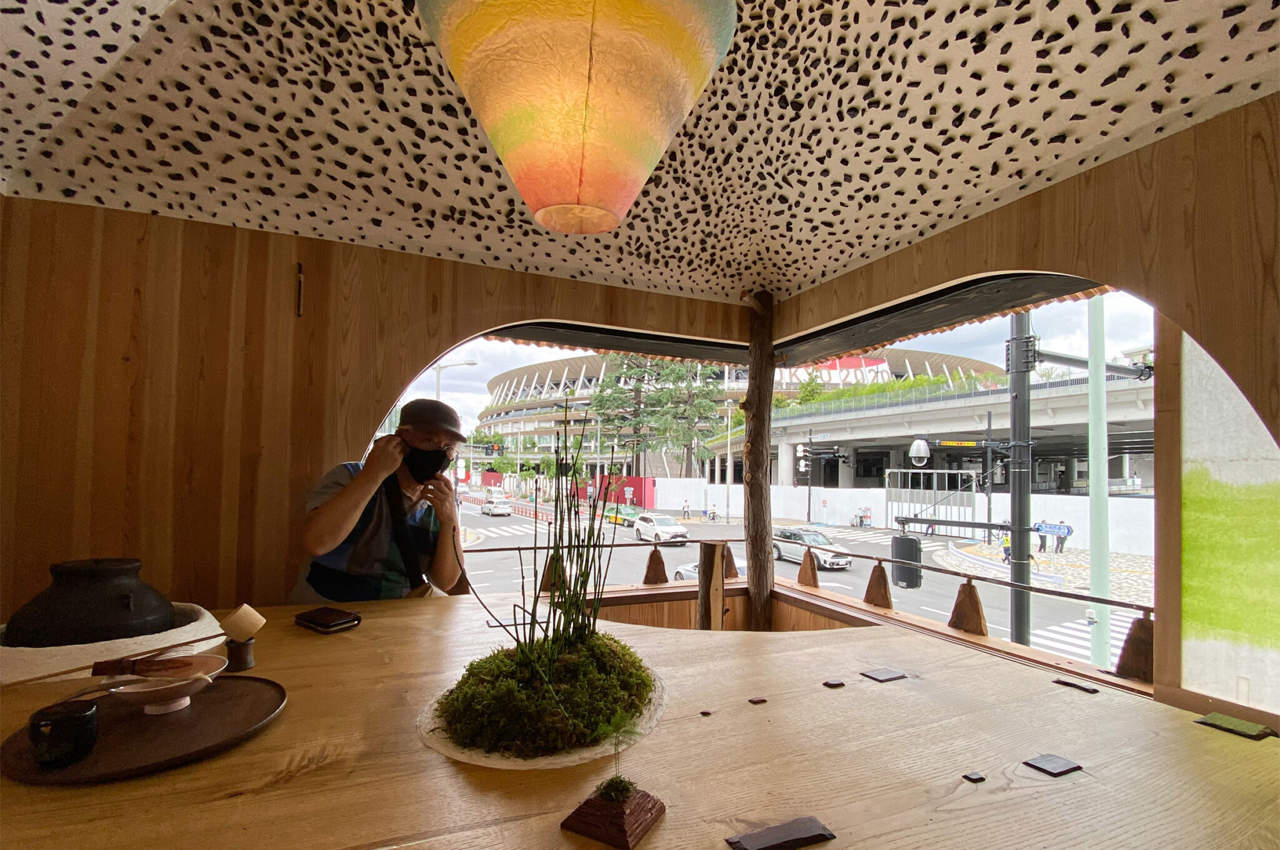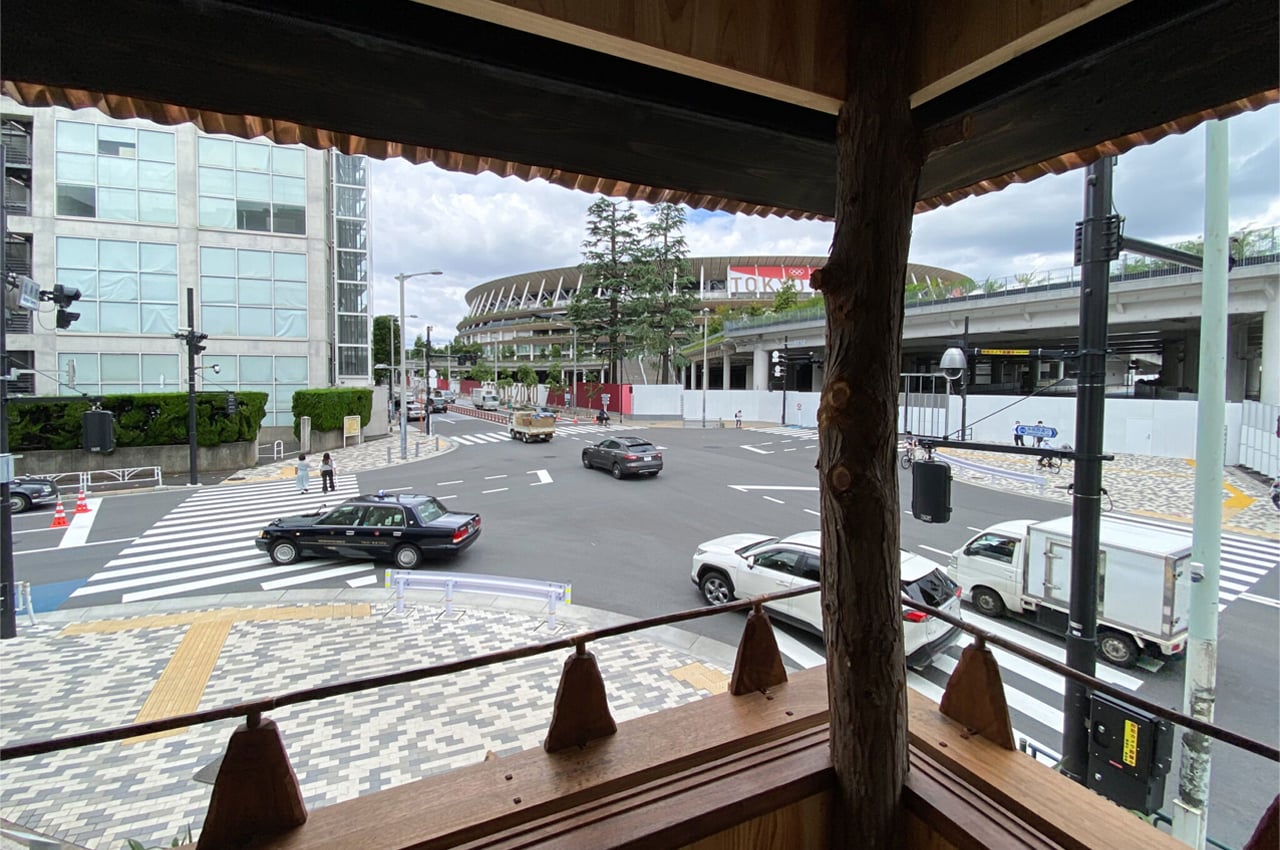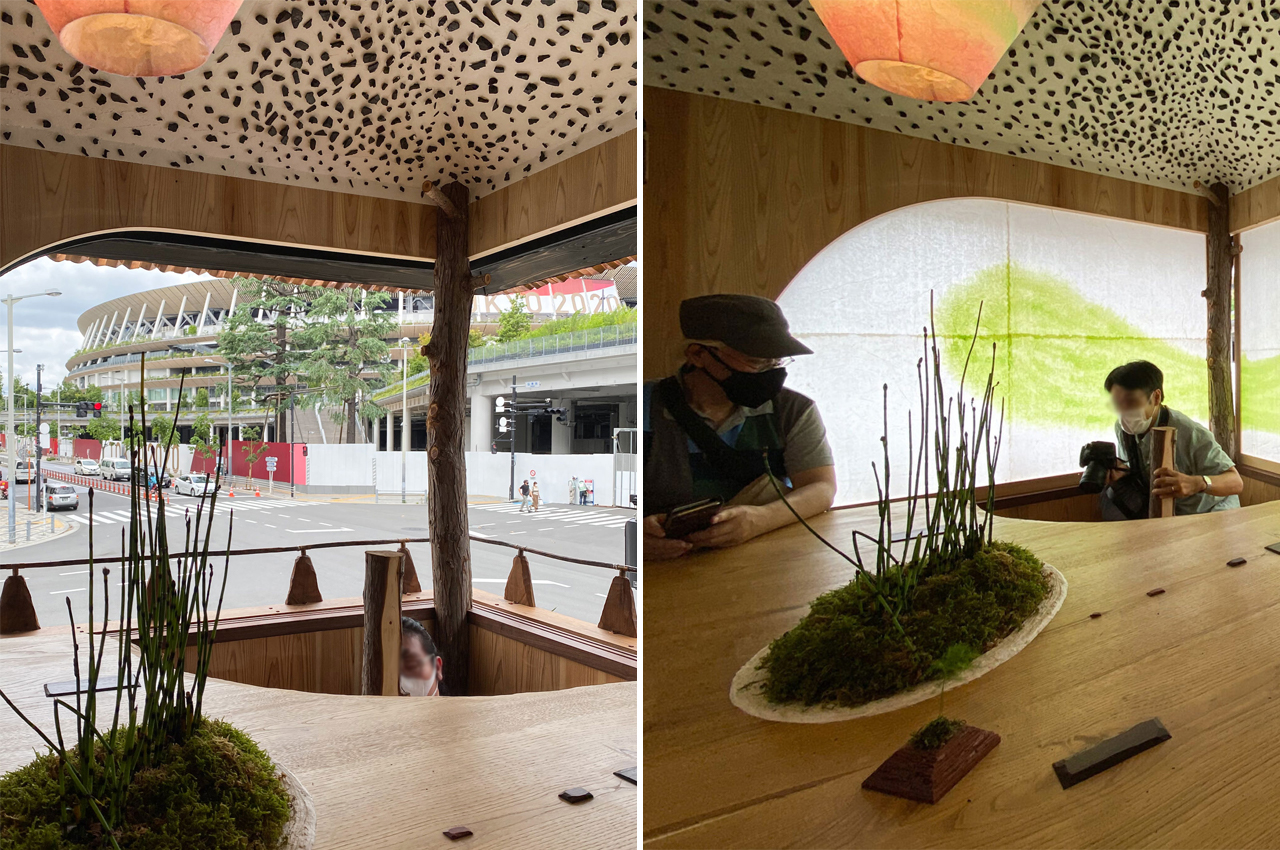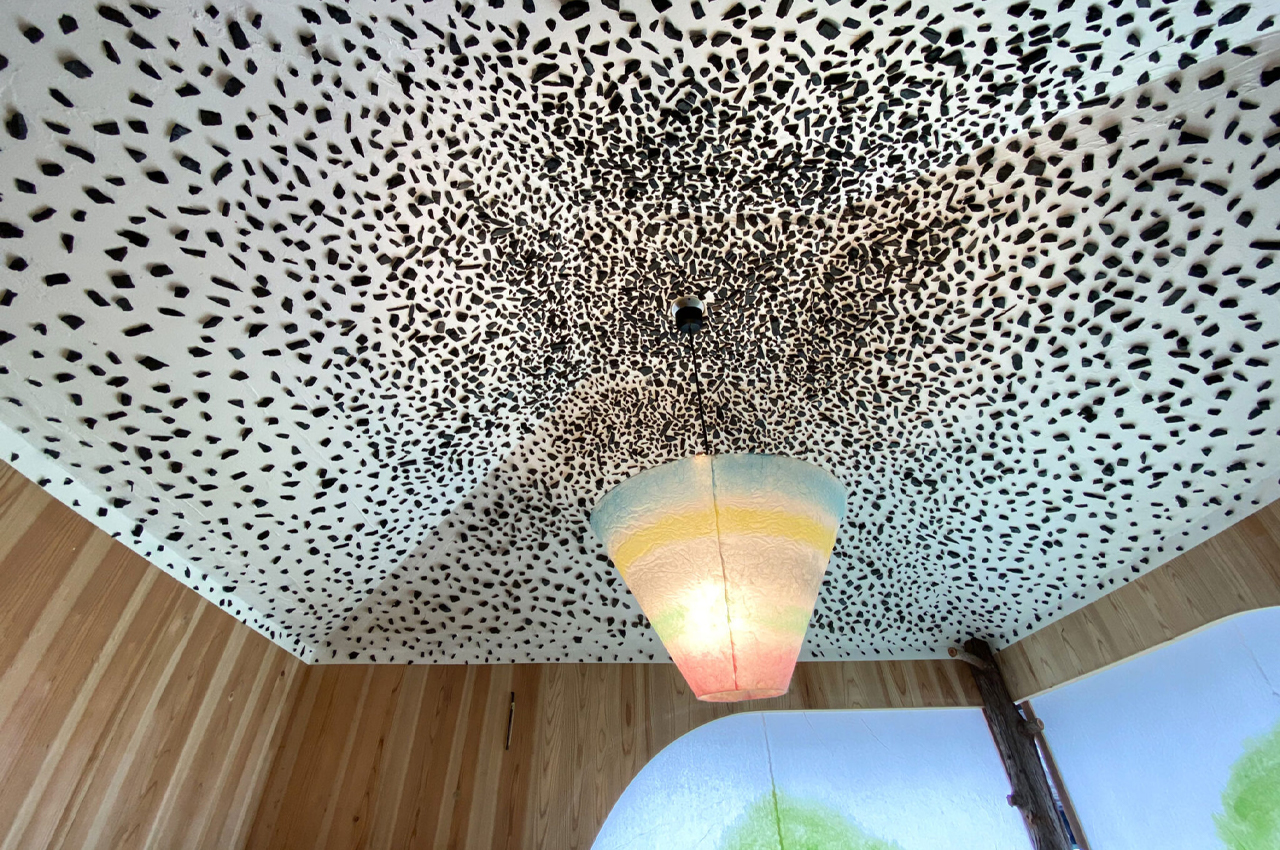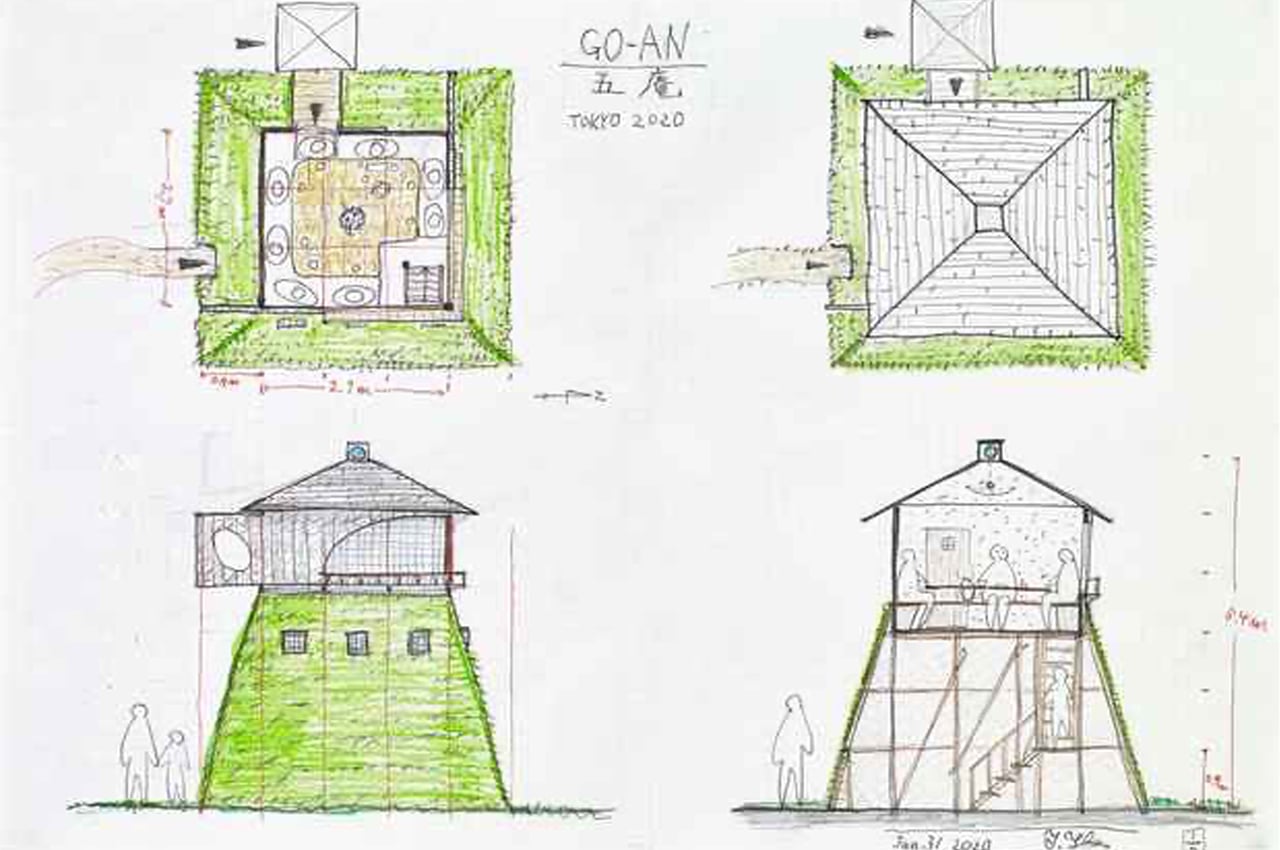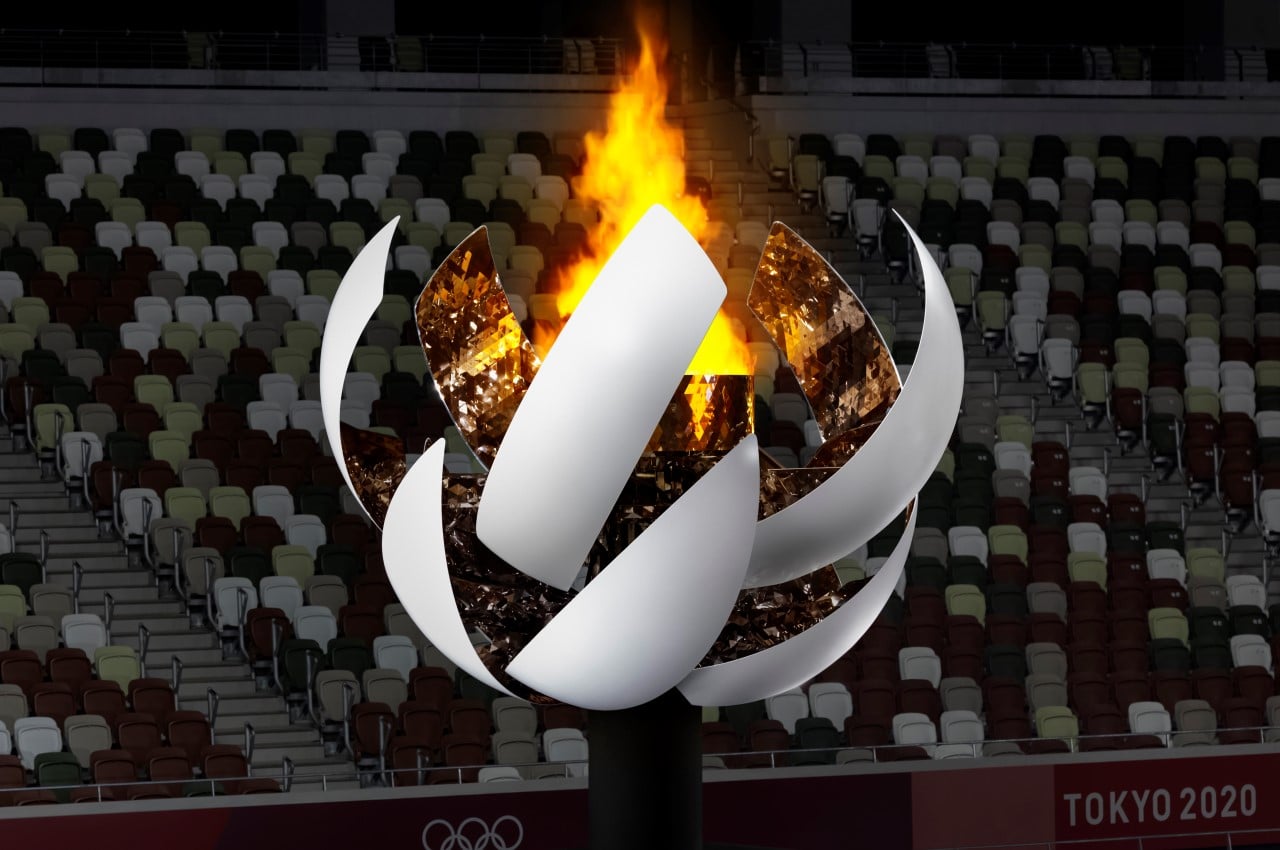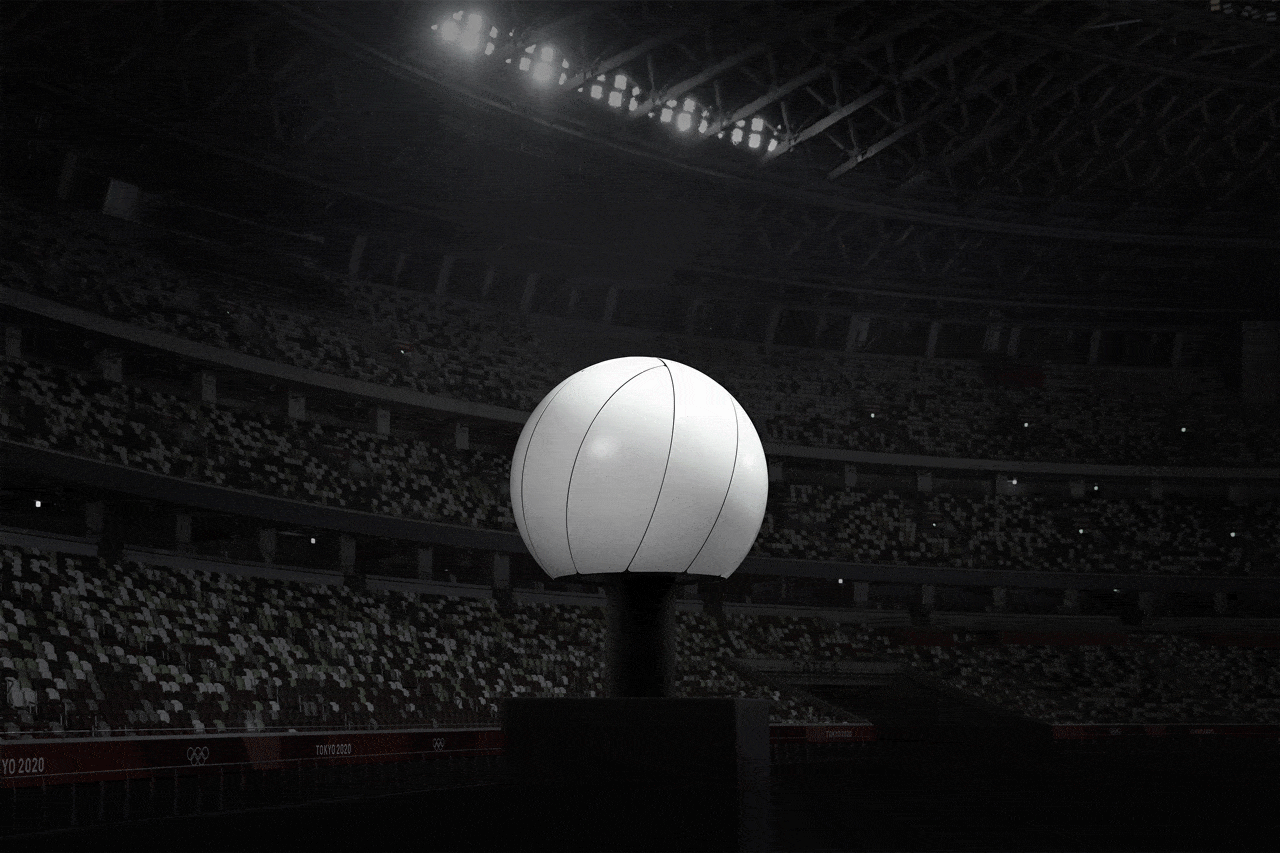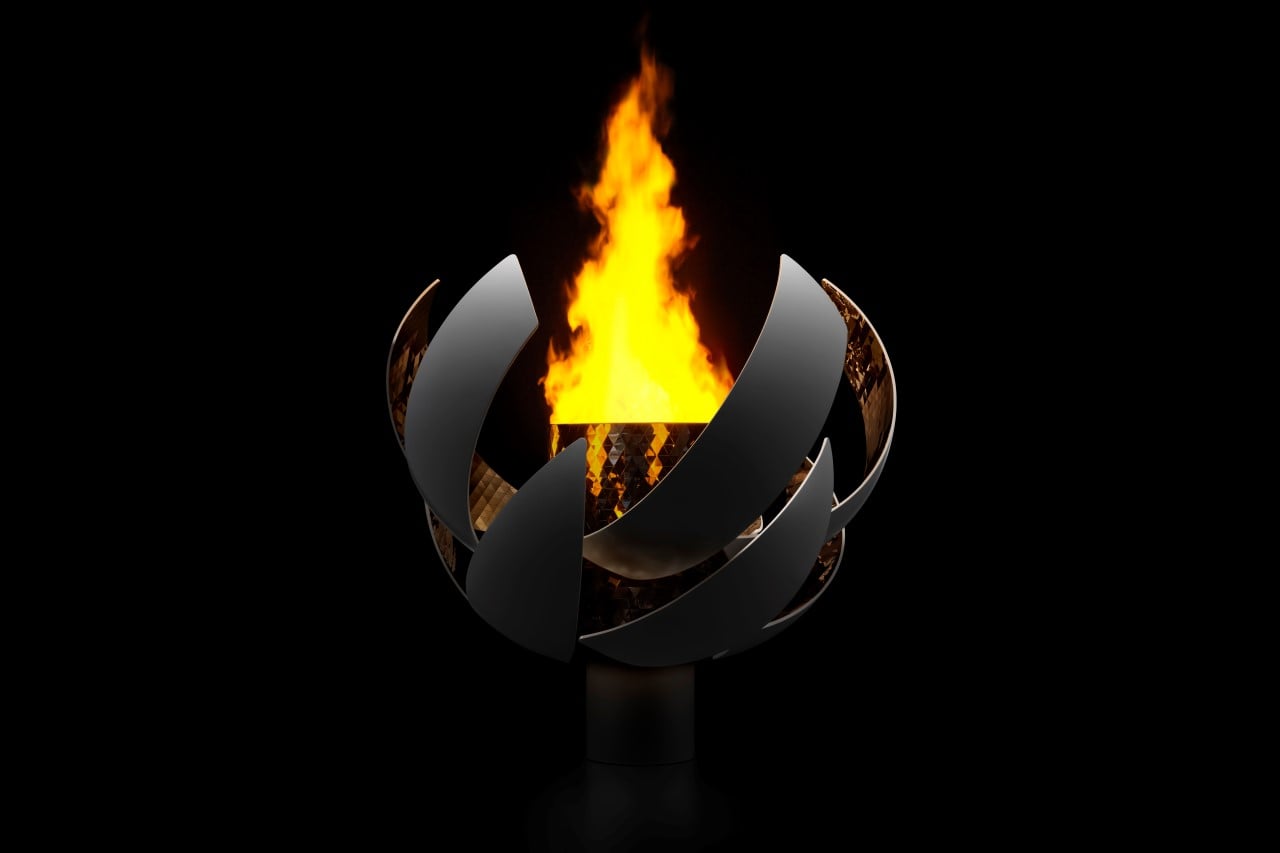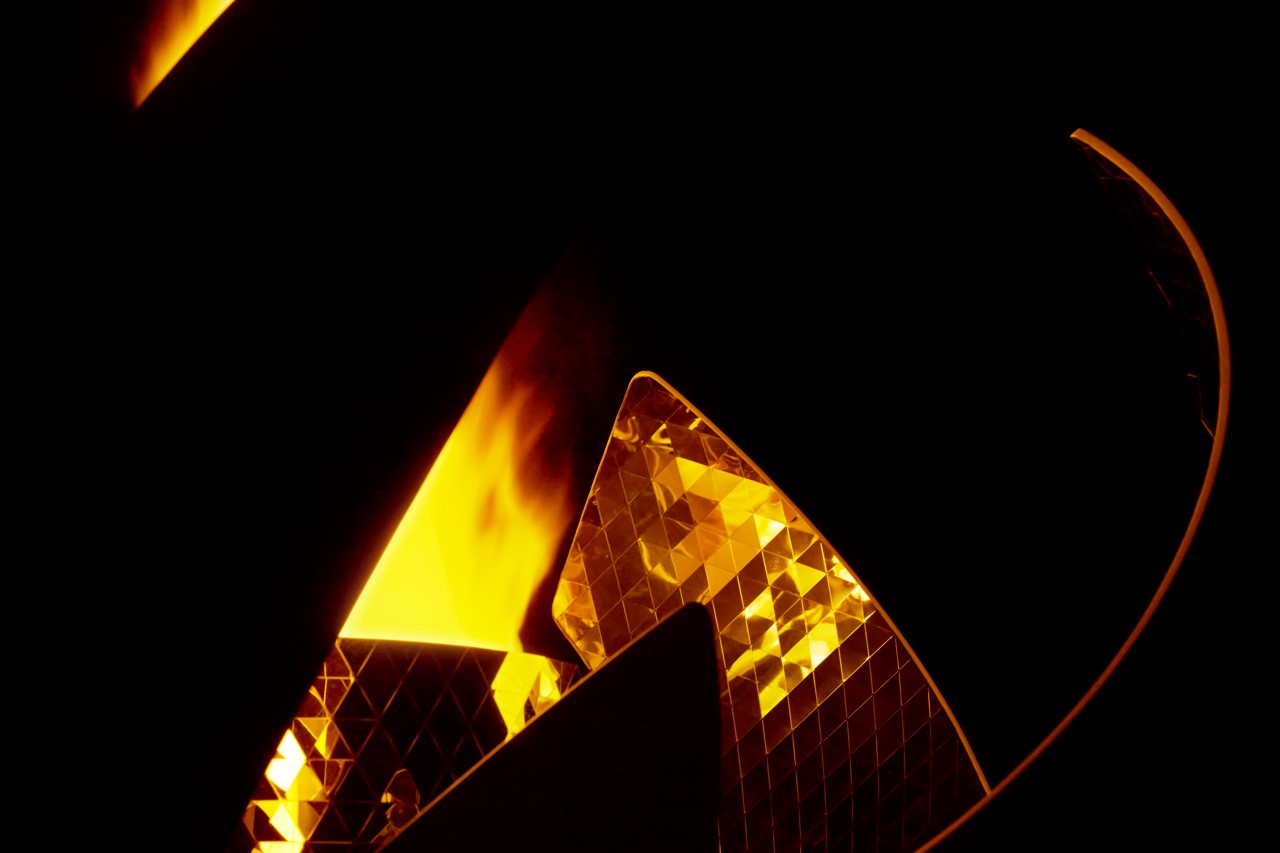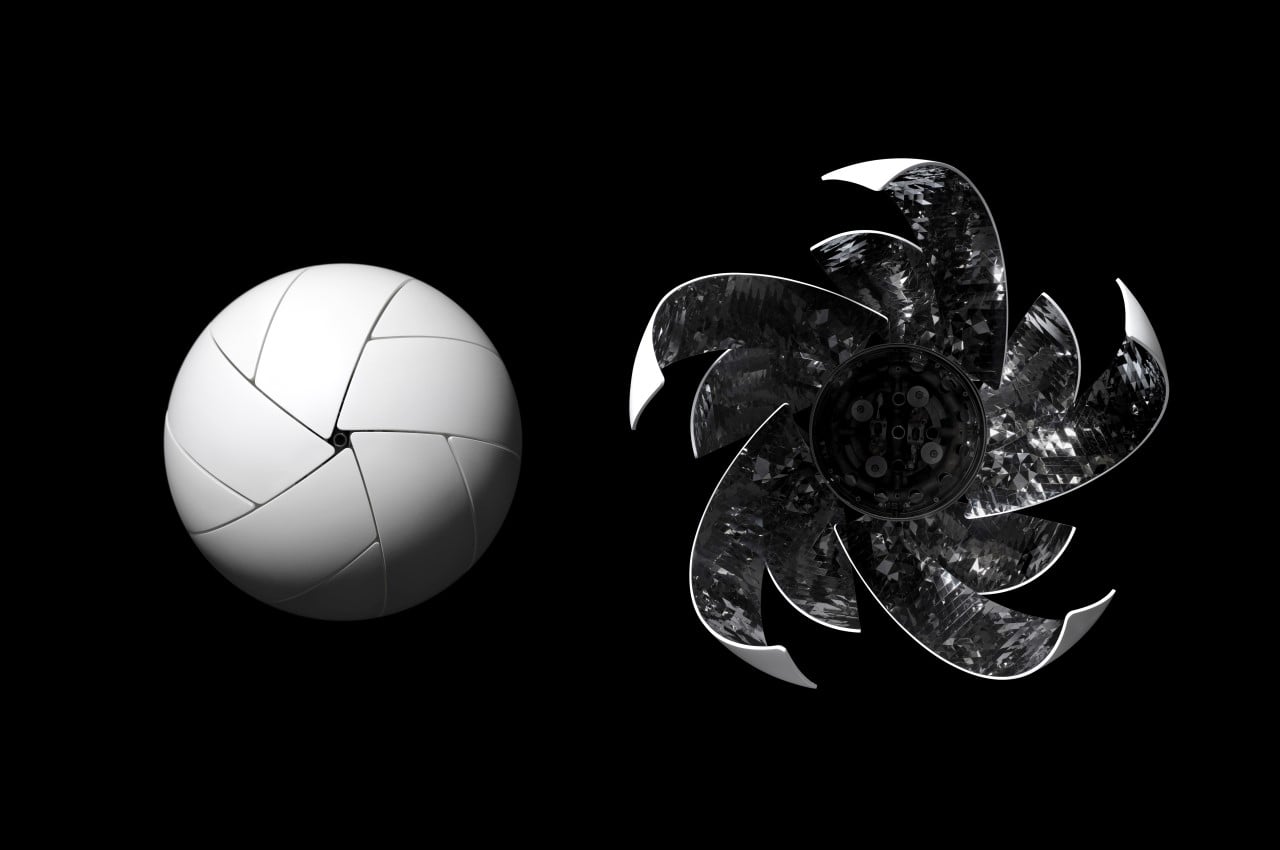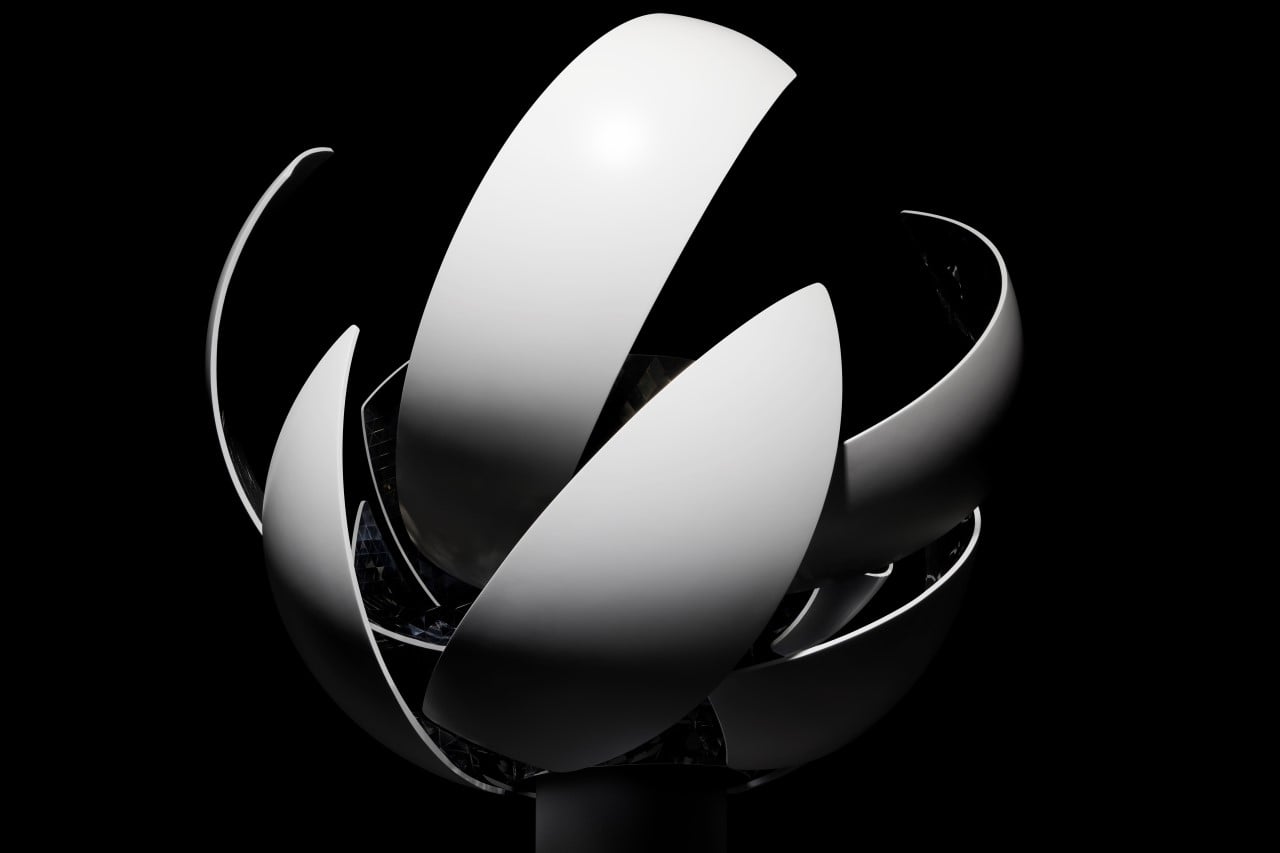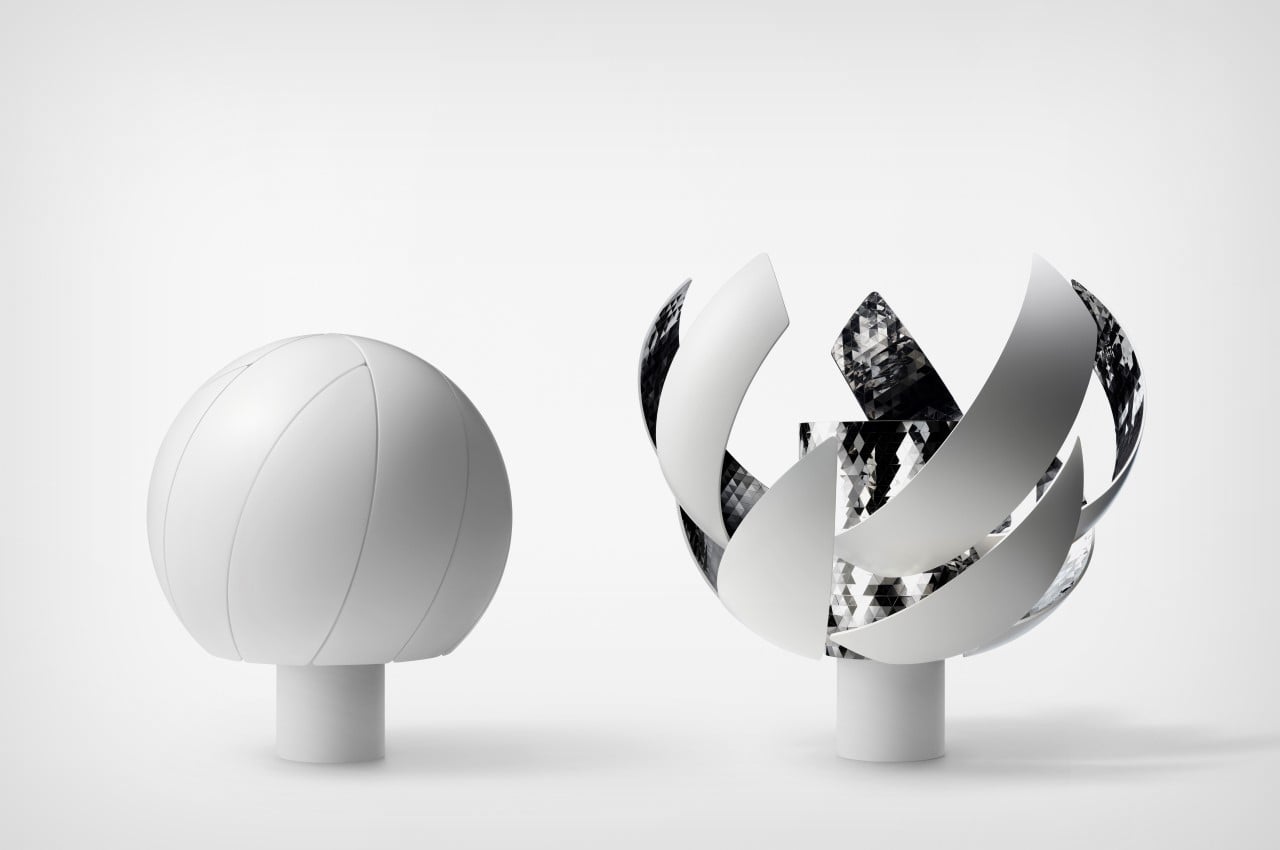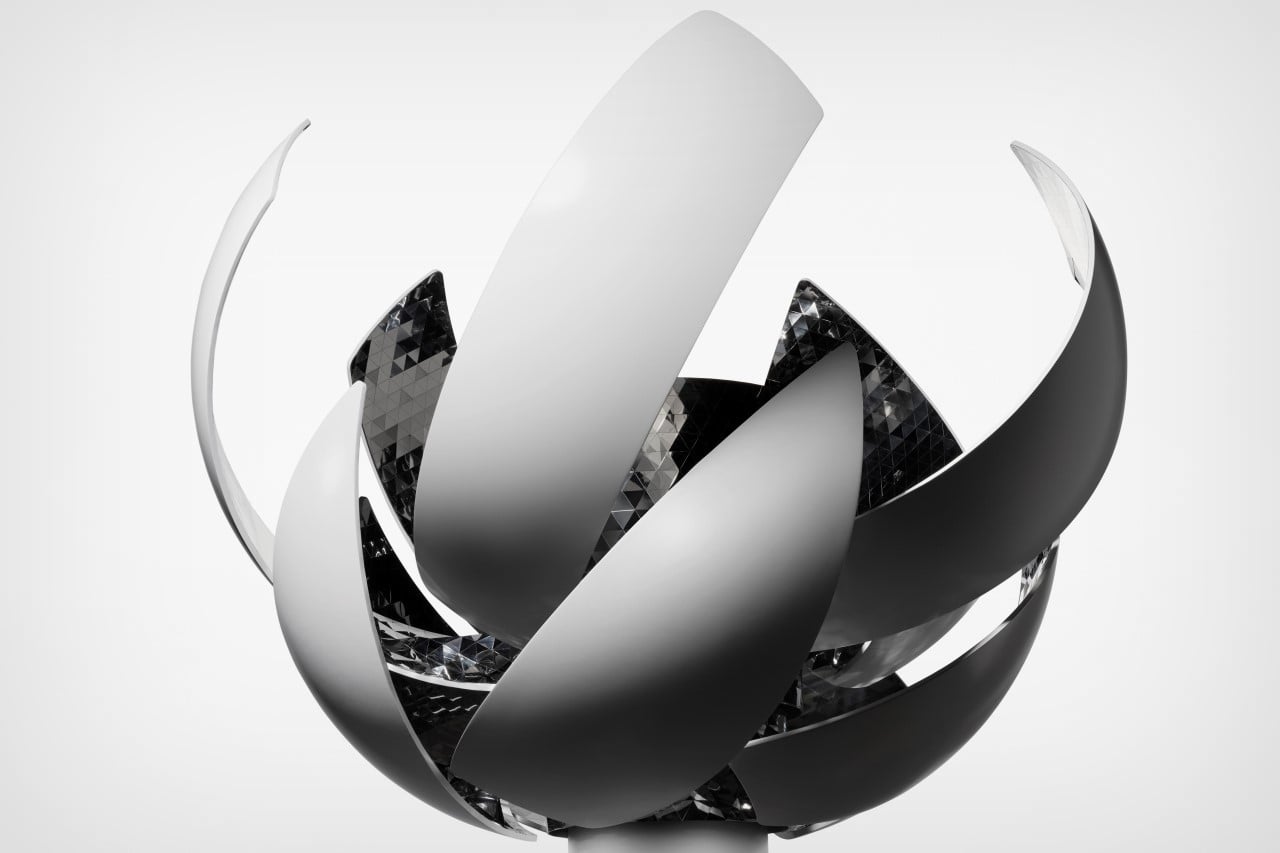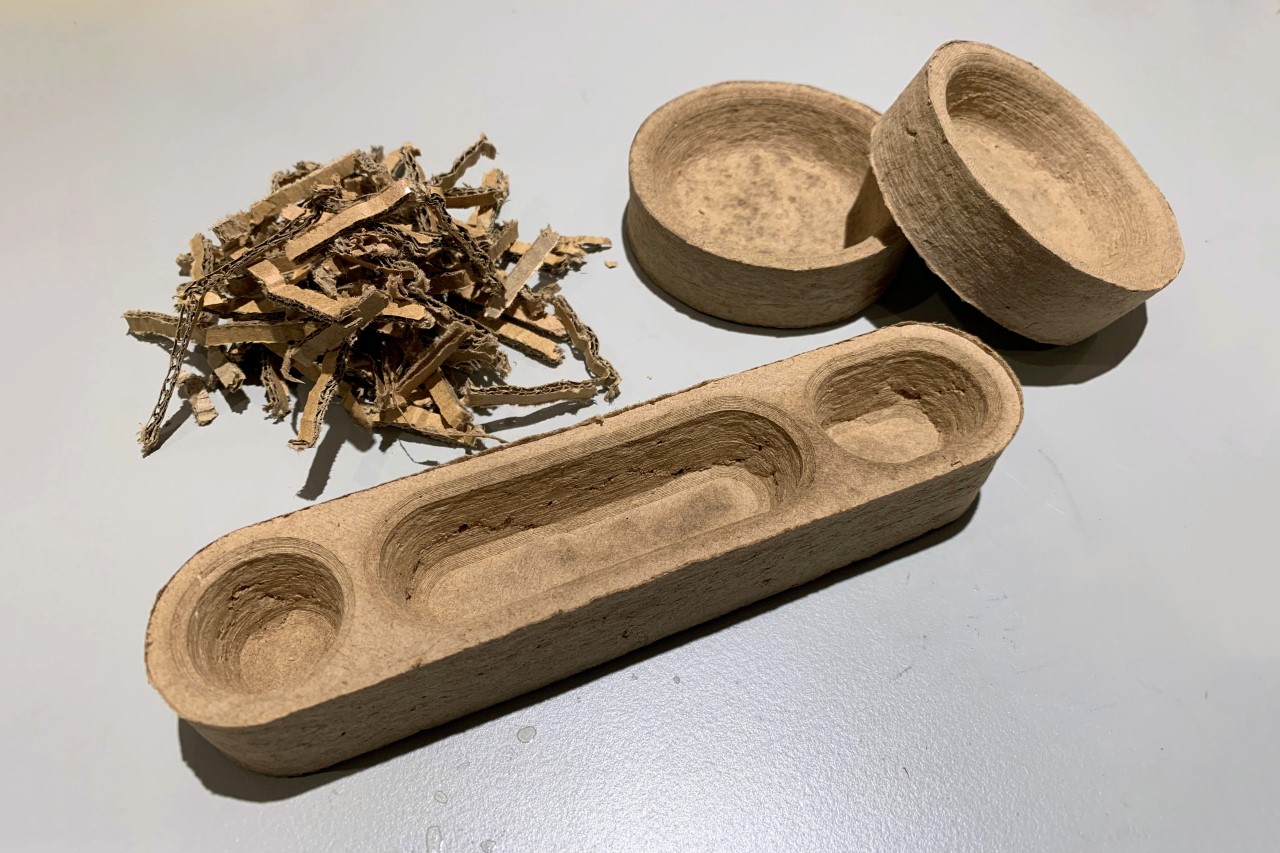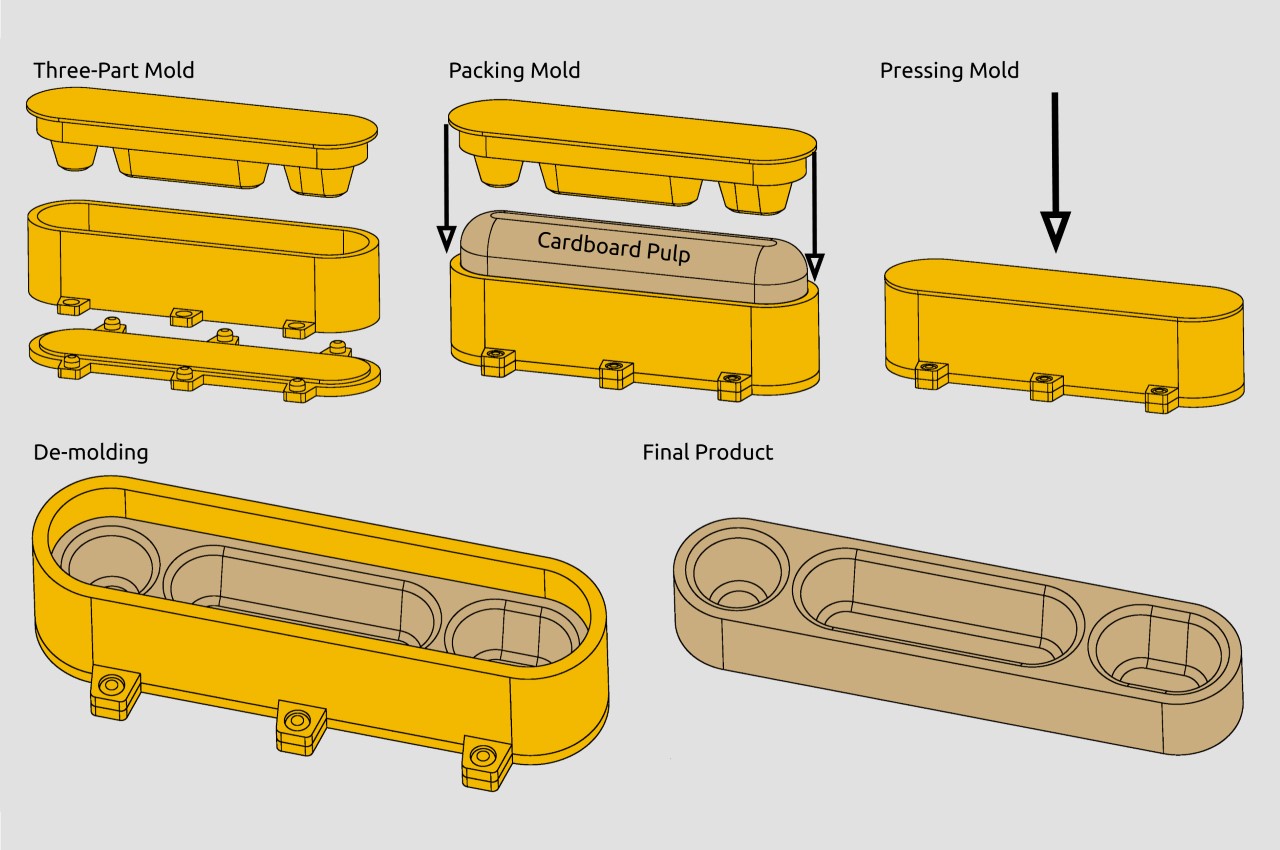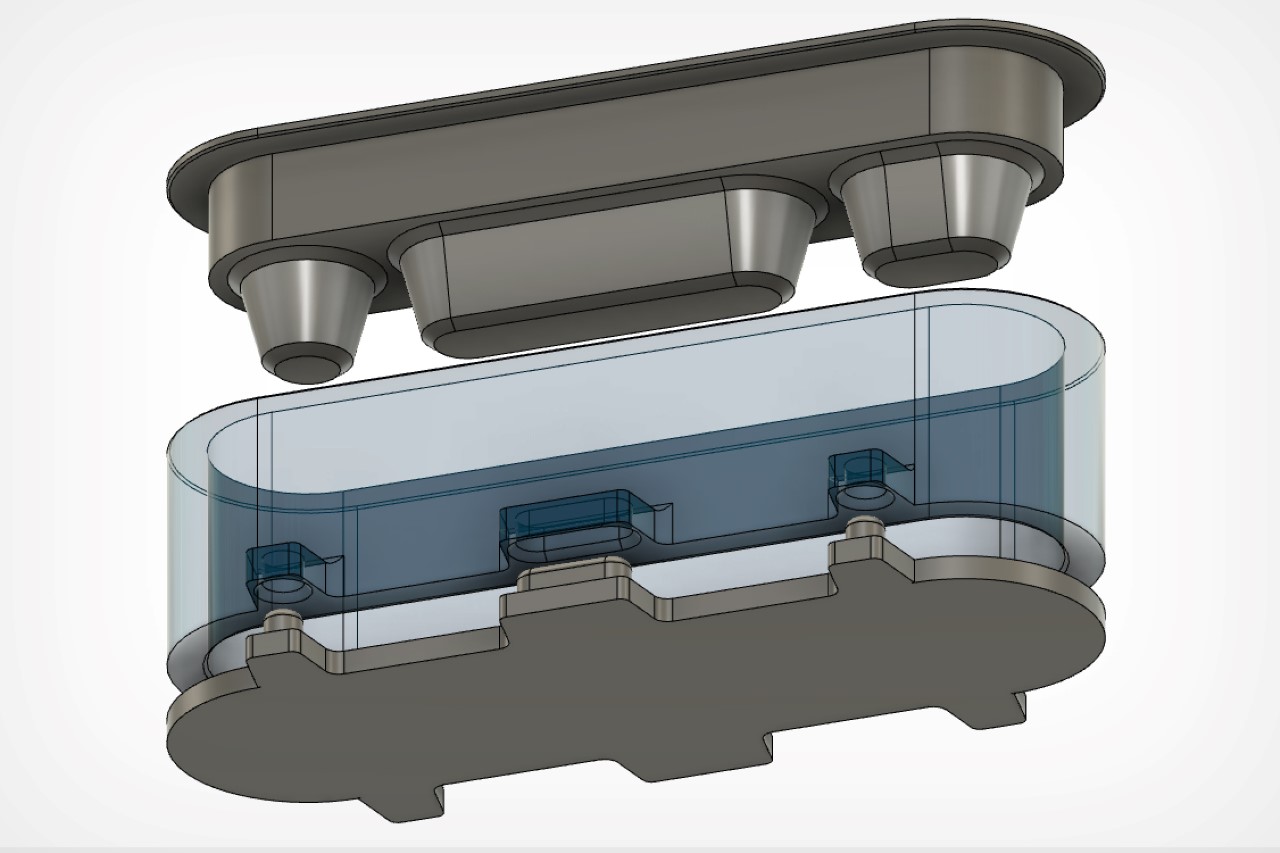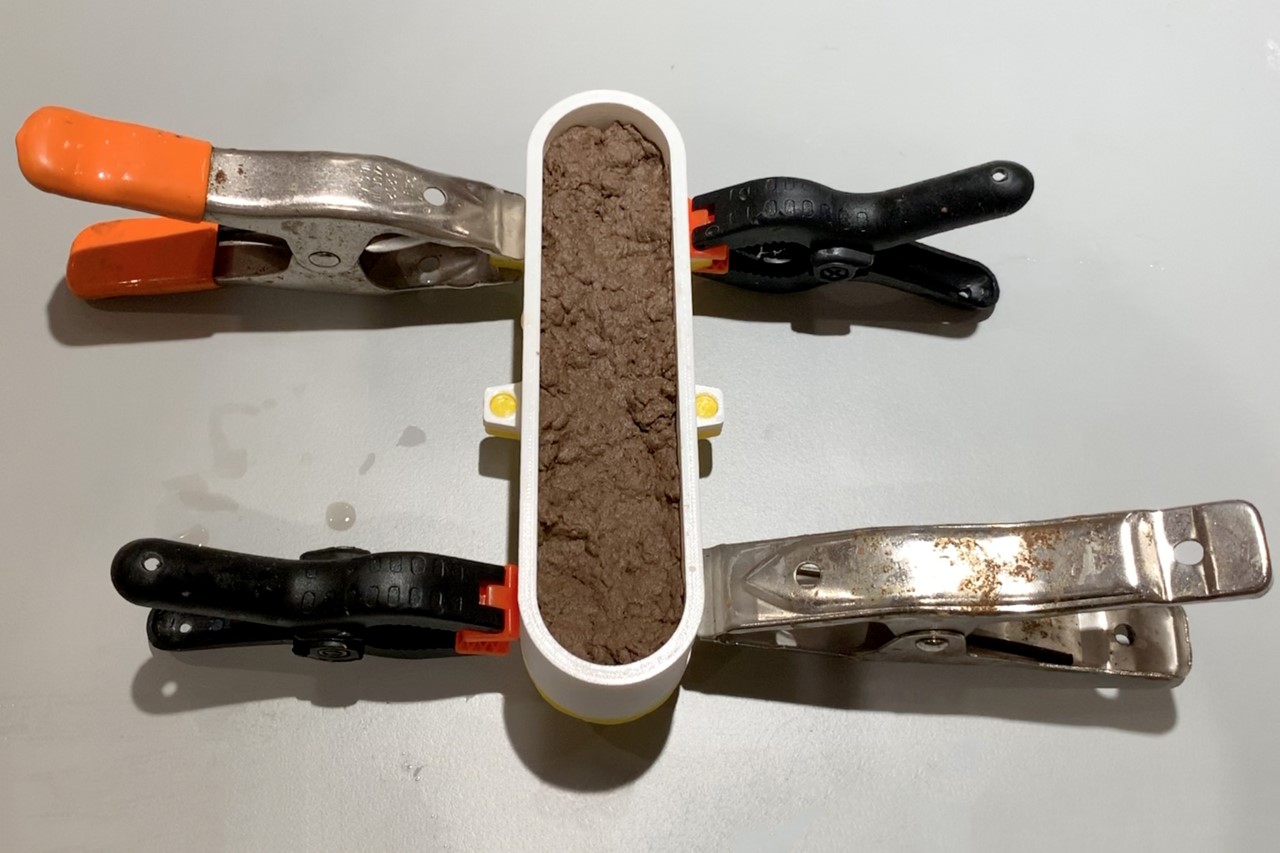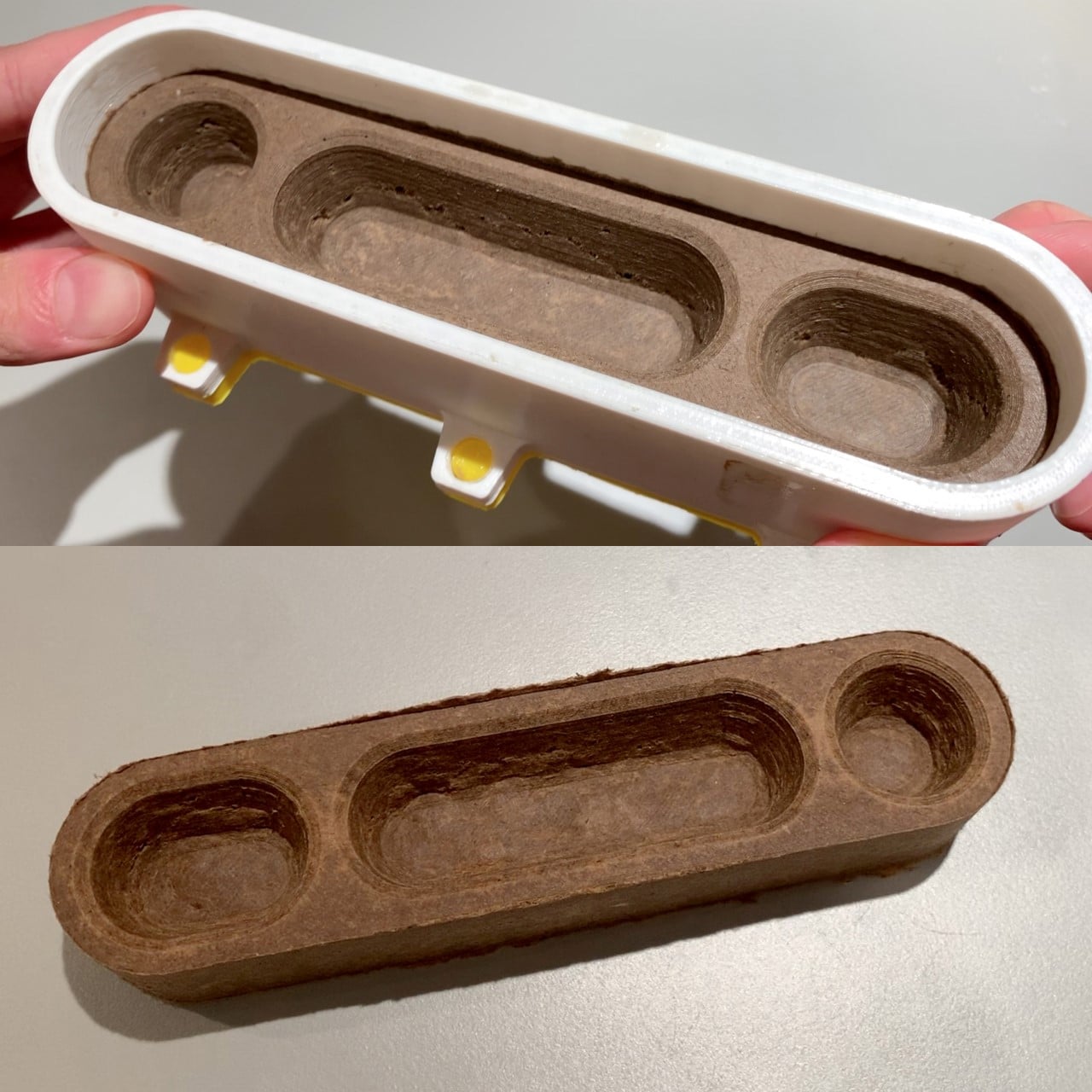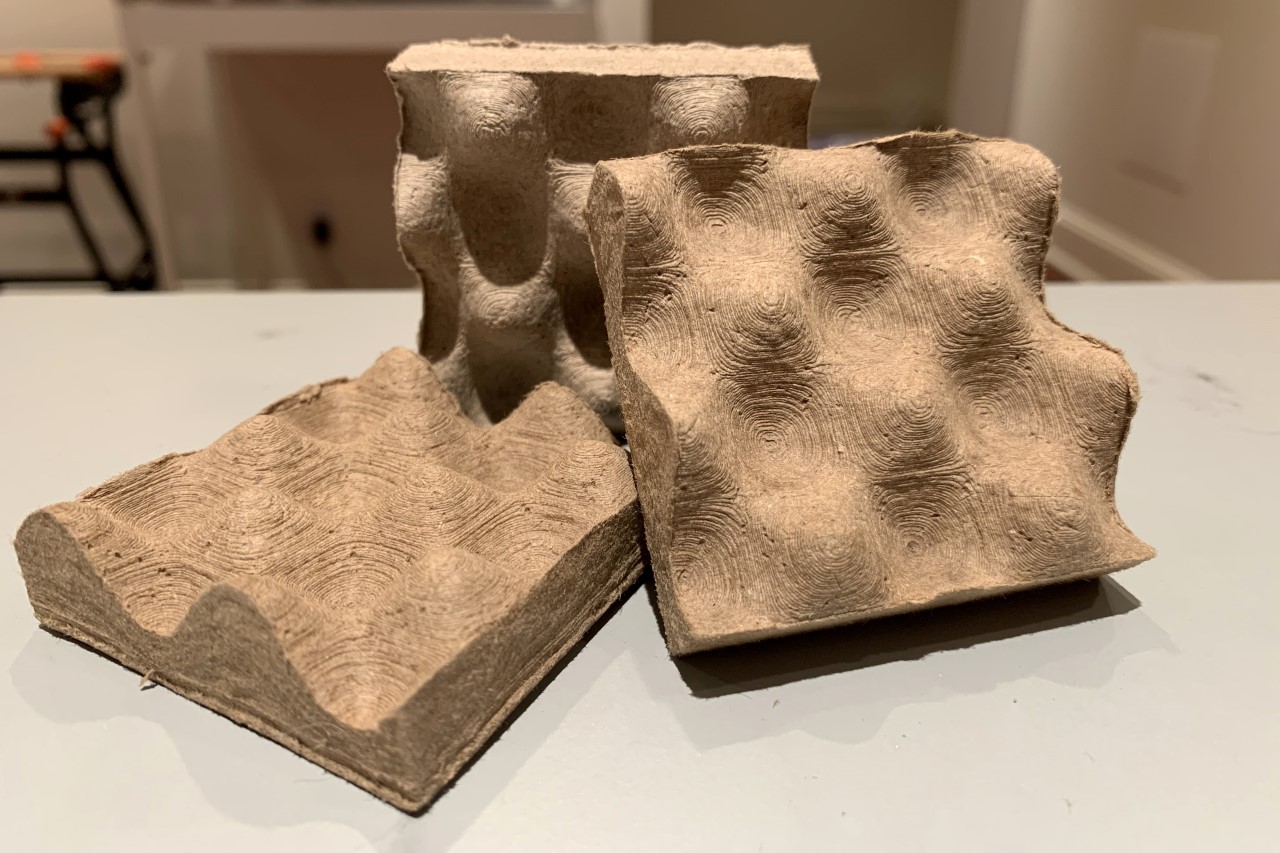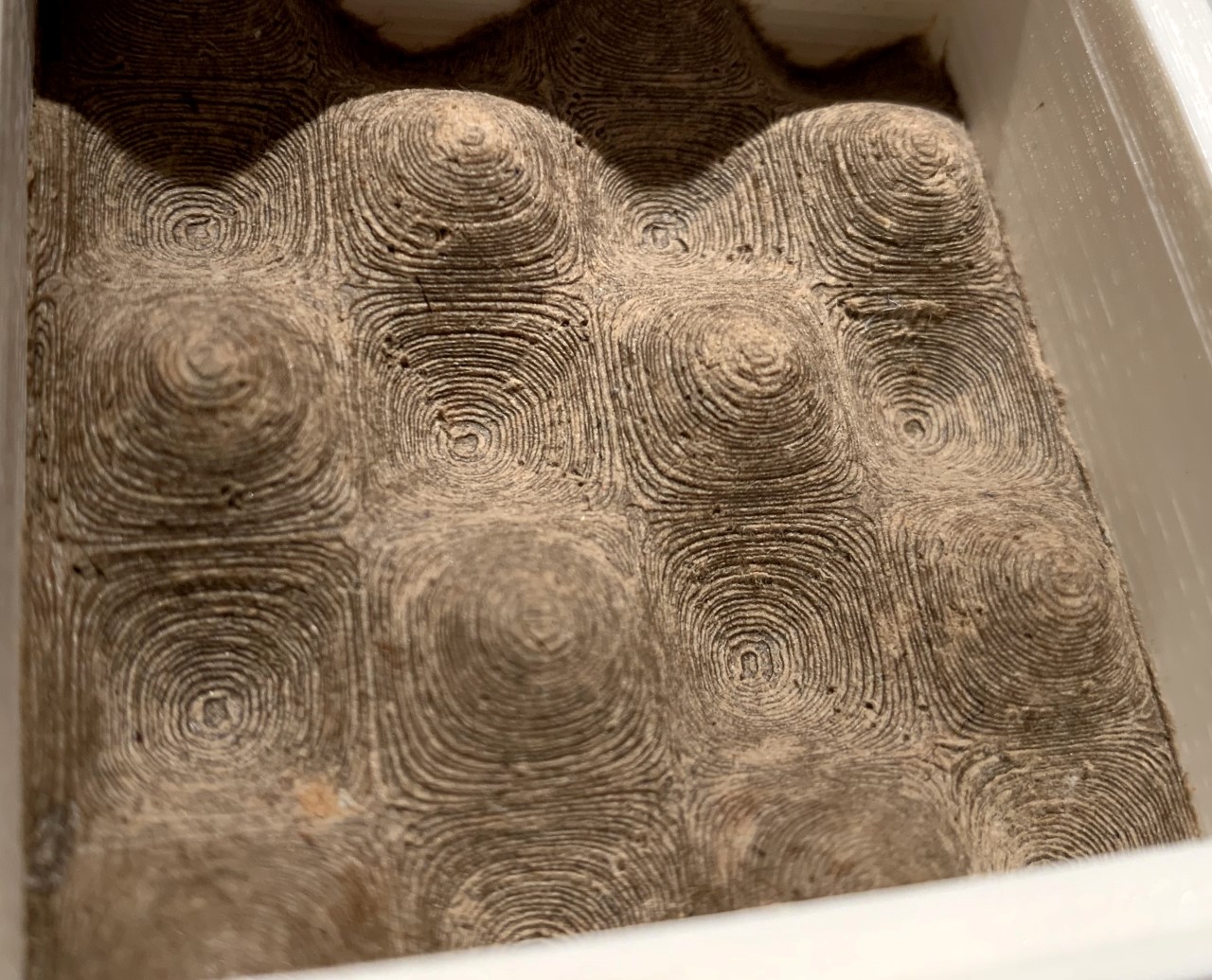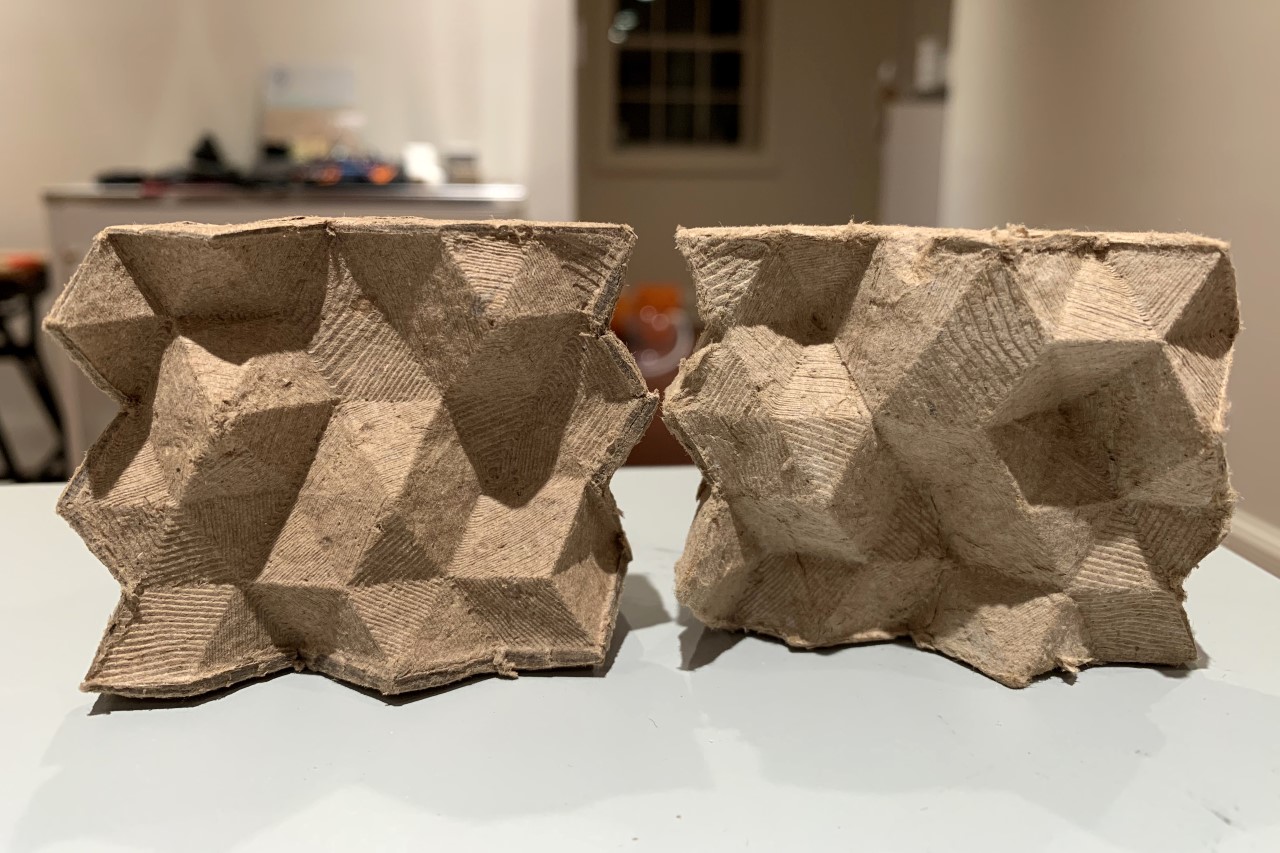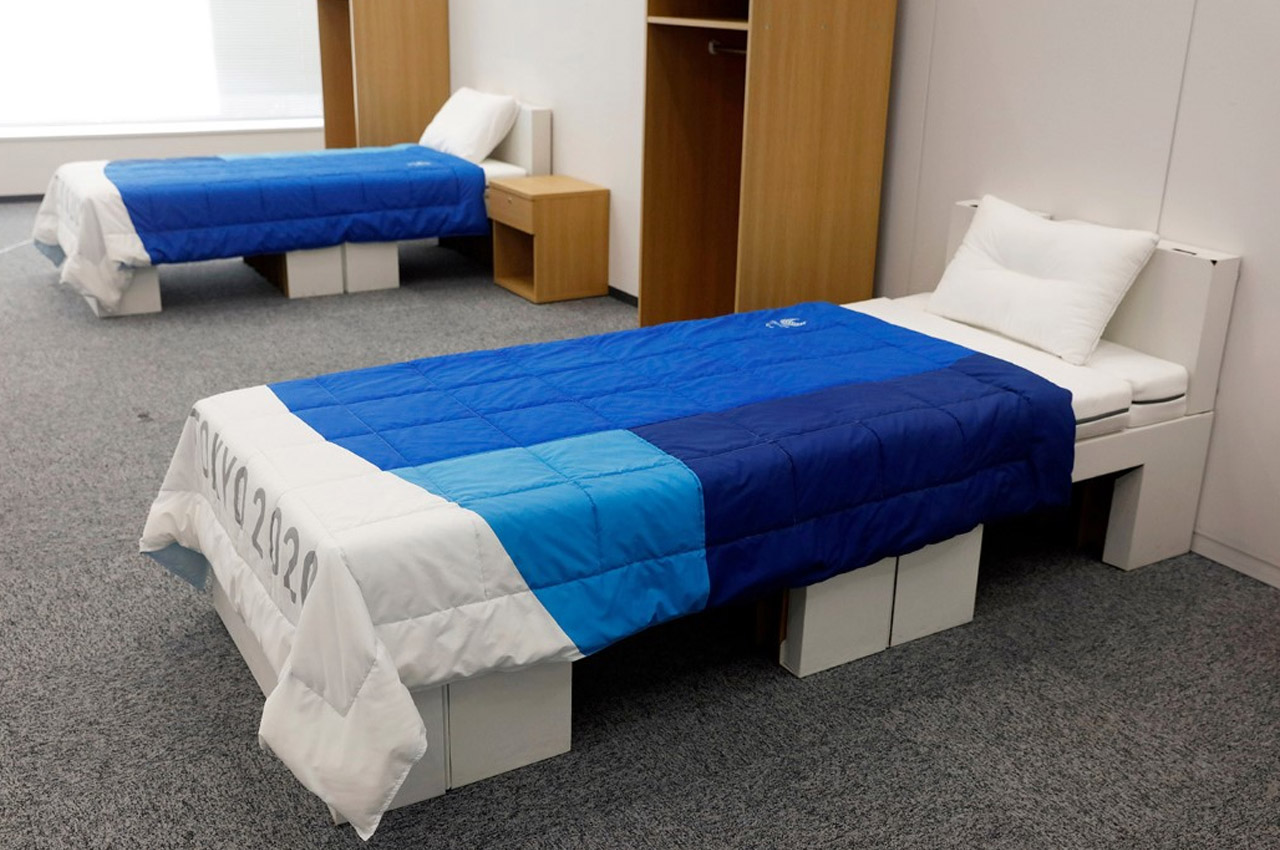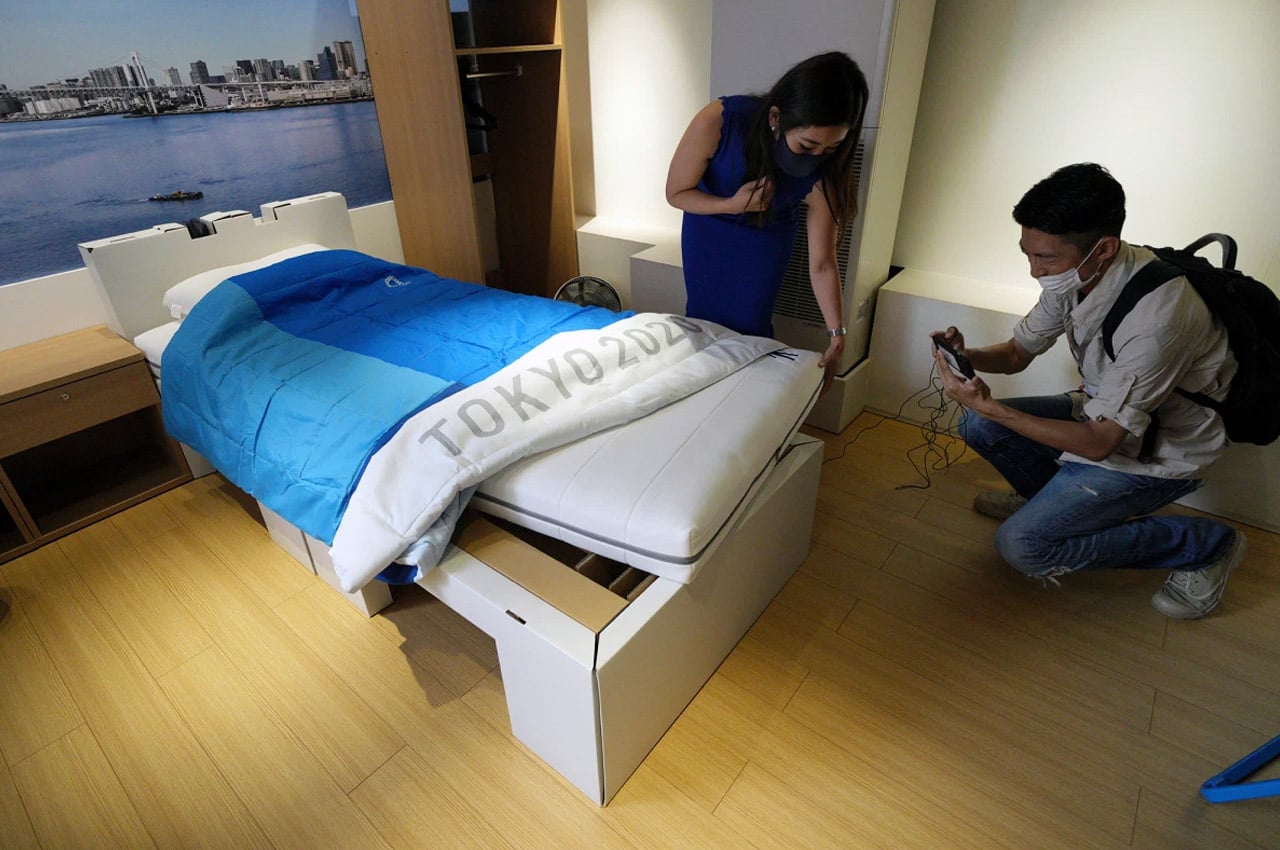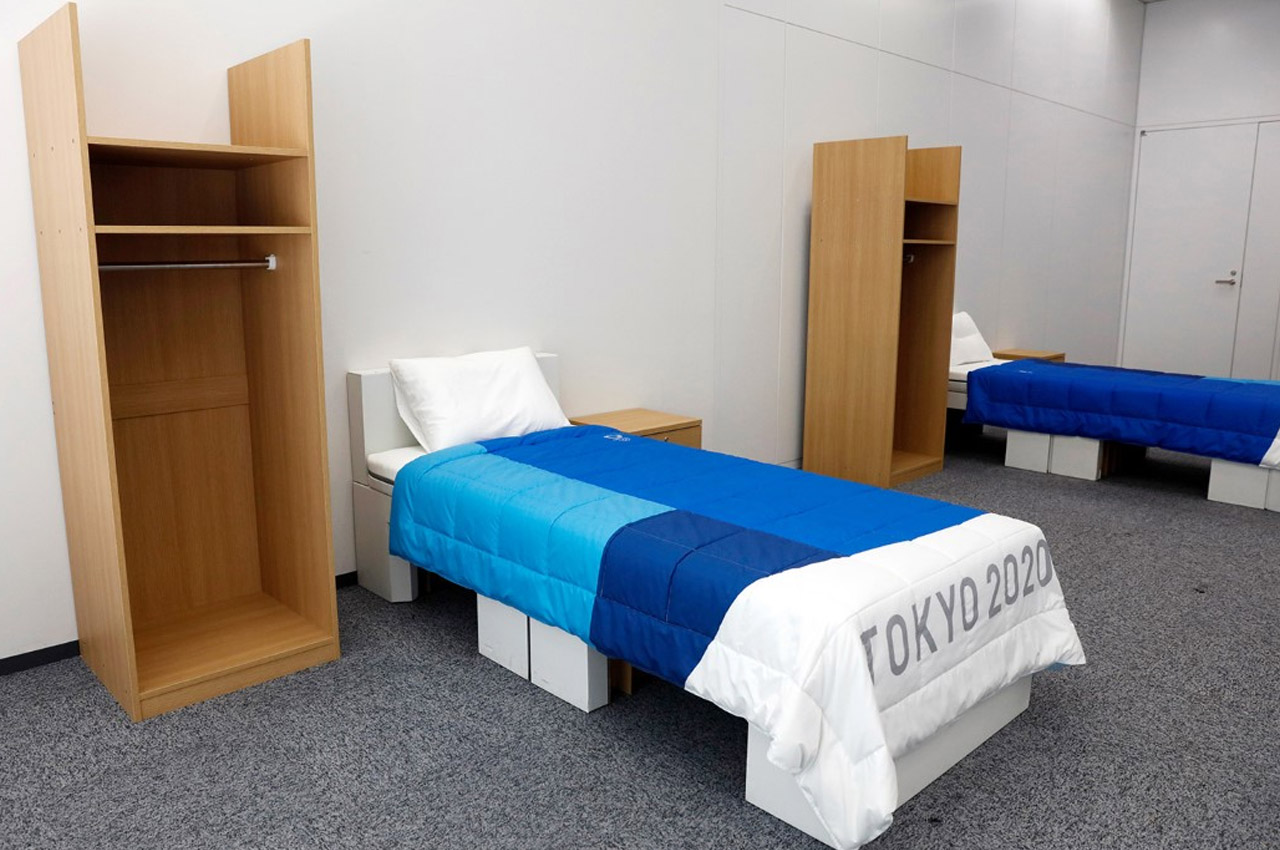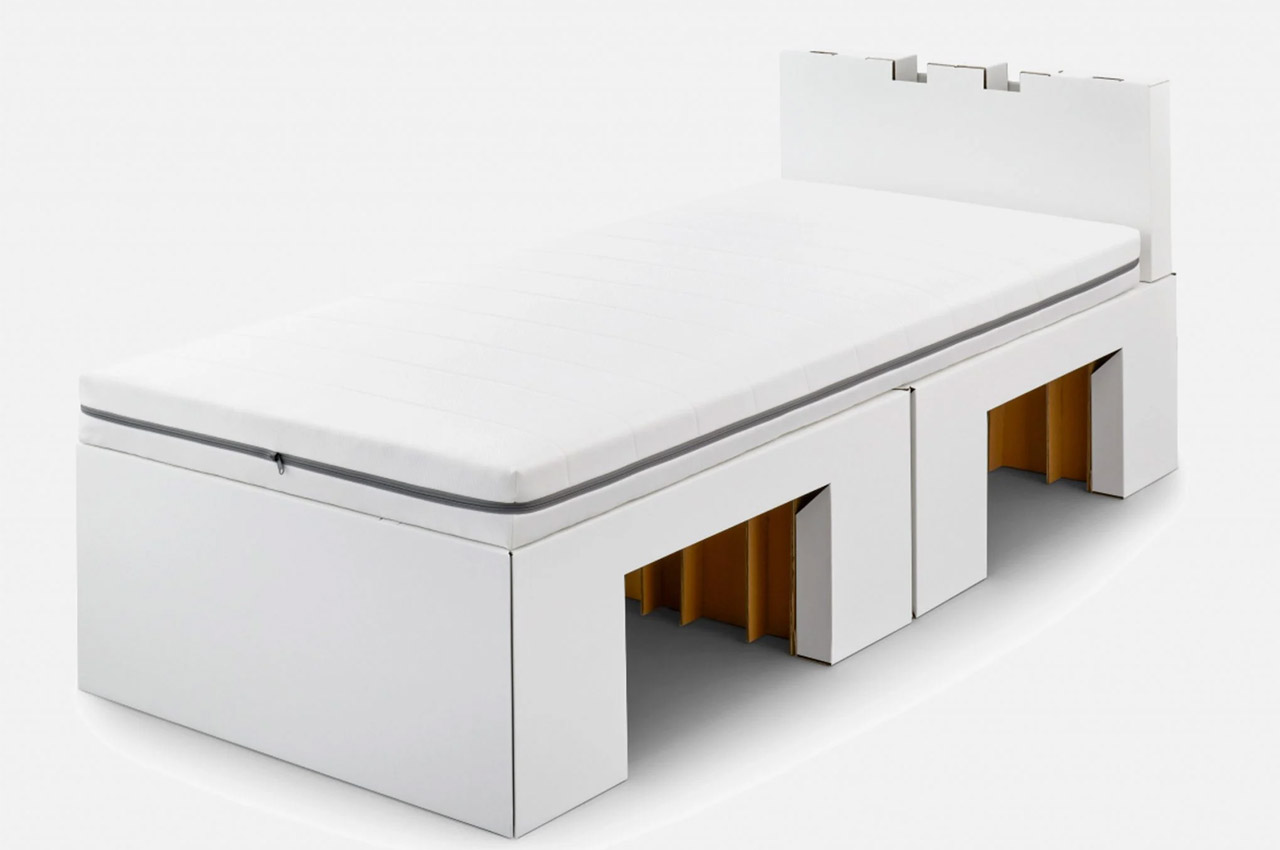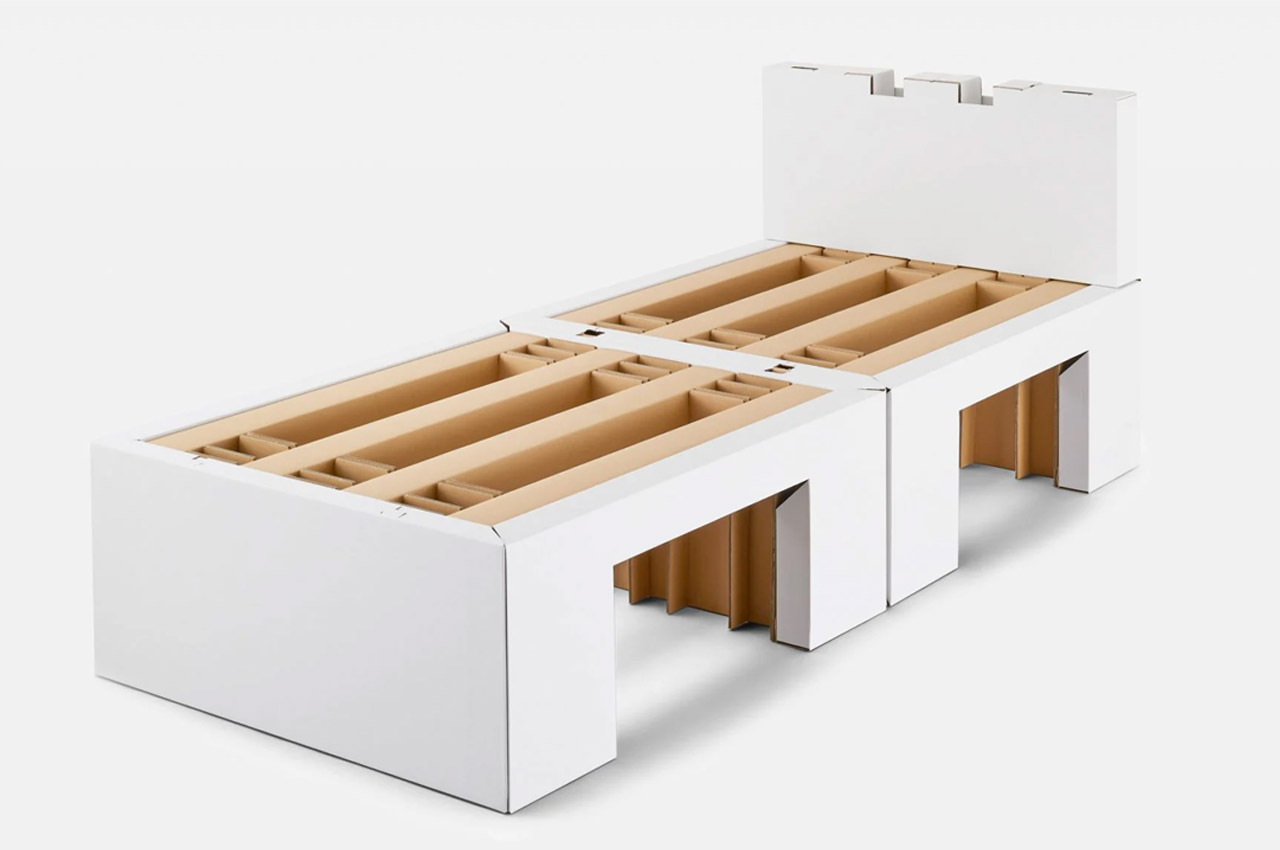Both the Olympics and Paralympics share the same torch design for the first time in history, promoting the message of equality.
French designer Mathieu Lehanneur unveiled the Olympic and Paralympic torch ahead of the Paris 2024 Olympics. The torch uses an interplay between matte and gloss textures, as well as plain and rippled surface treatment to represent the stillness of land and the moving water of the French river Seine. For the first time, both the Olympics and Paralympics torches are designed with the same form, size, and weight, with the sole differentiating factor being the symbols on each torch. This reinforces a message that all humans are equal in their spirit, sportsmanship, and potential. Paris 2024 also marks the first time that as many women are participating in the Olympics as men.
Designer: Mathieu Lehanneur
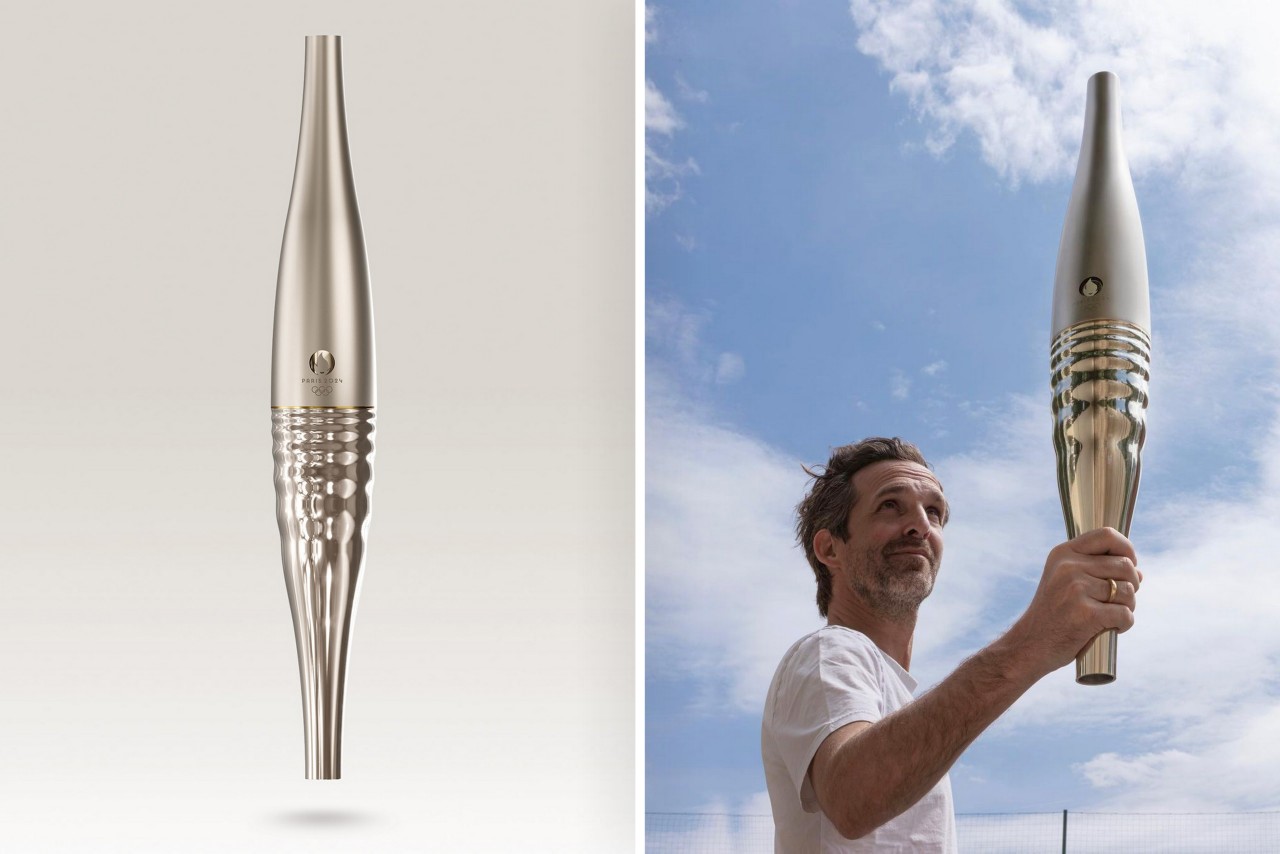
The steel lamp, designed by Mathieu Lehanneur and manufactured by ArcelorMittal, boasts of a symmetric design, both vertically and horizontally. The torch comes with a warm champagne color finish (celebrating French culture) and is fabricated entirely from recycled scrap steel, continuing a tradition from the 2020 Tokyo Olympics. The torch was designed with soft, flowing lines and a smooth, rounded shape, all in an effort to evoke a sense of tranquility. The inspiration for the ripple effect and the reflective surface on one side of the torch came from the serene presence of water and the majestic River Seine.
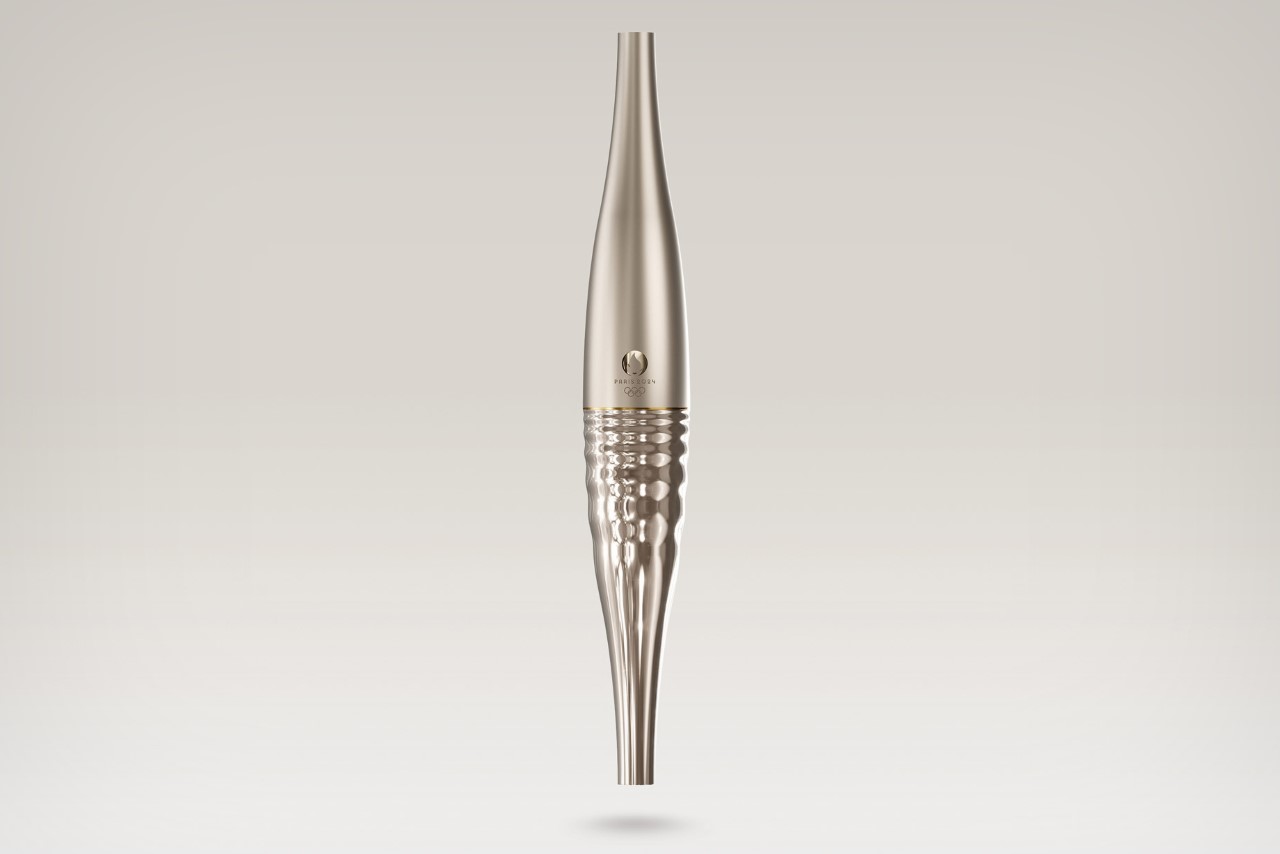
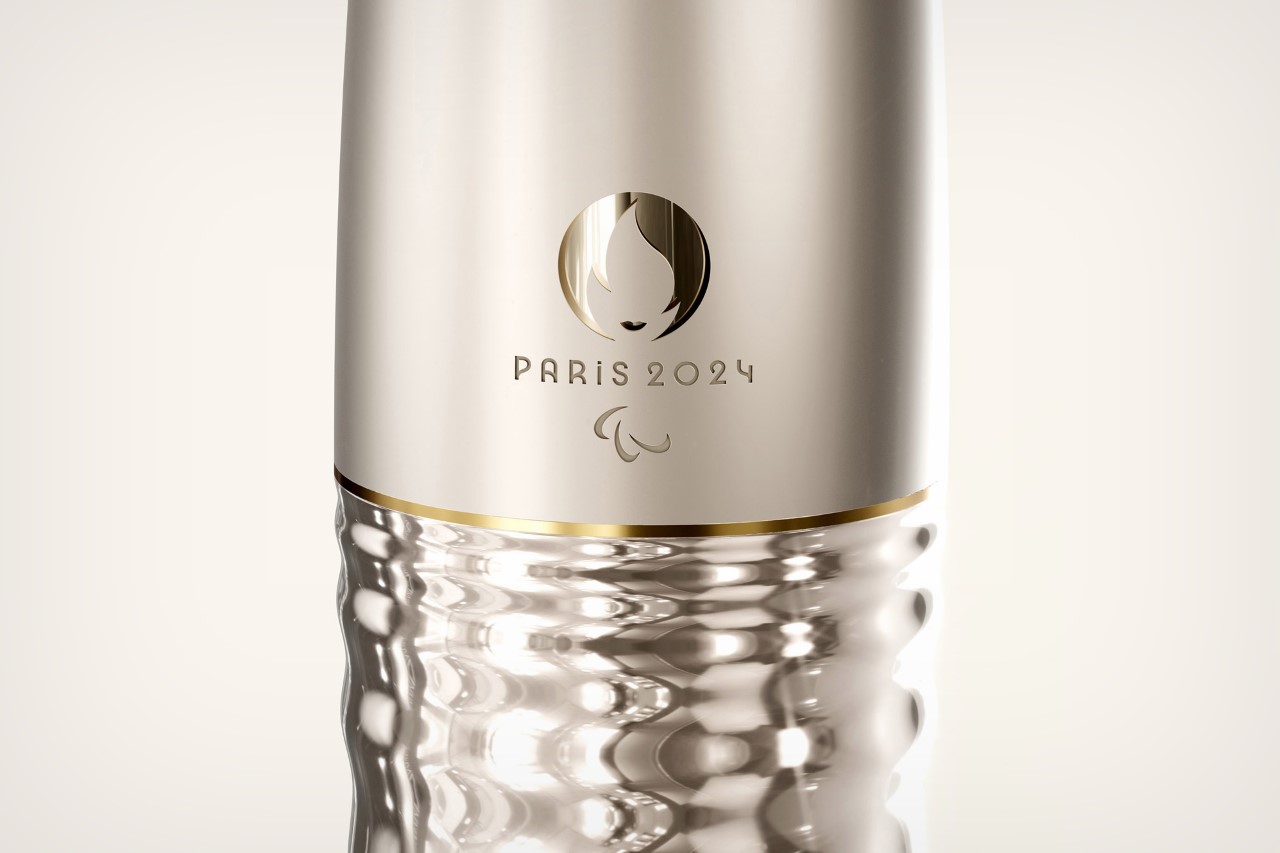
The main difference between the torches for the Olympics and the Paralympics will be the symbols located around the center. While the Olympic torch will have the Paris 2024 insignia and the iconic 5 intersecting Olympics rings, the Paralympics will replace the 5 rings with the Paralympics logo of three radially arranged arcs, shown above.
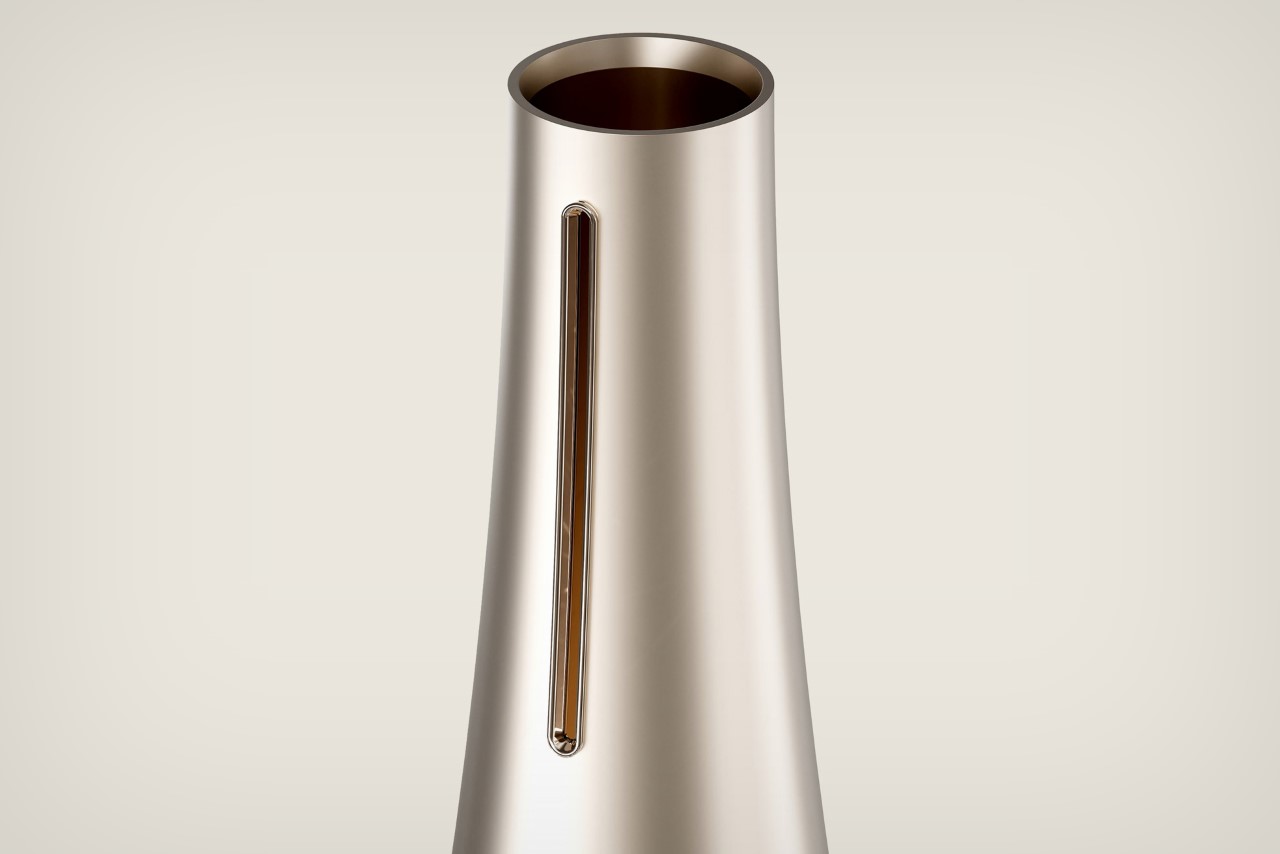
The upper half of the torch sports a matte finish on a plain surface
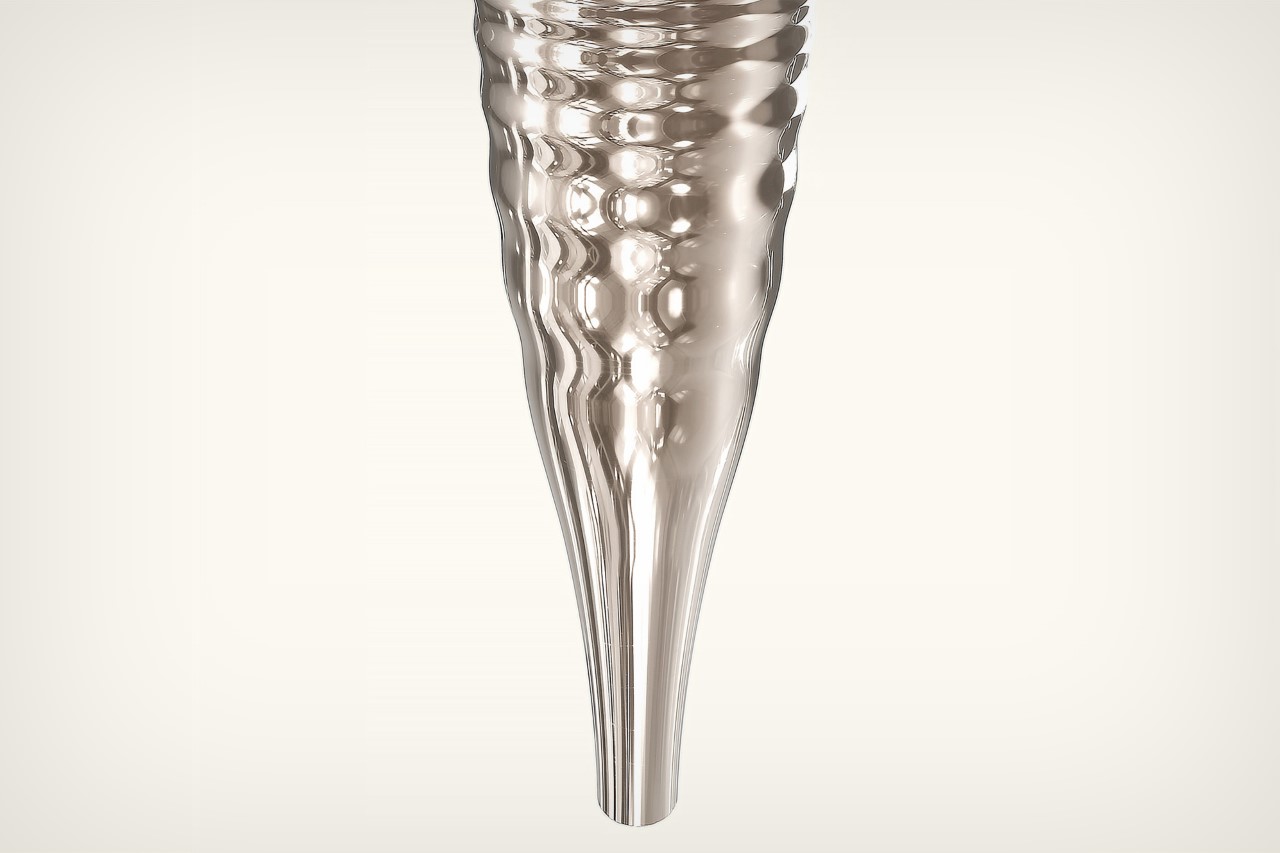
The lower half has a glossy mirror finish on a rippled surface, evoking the feeling of rippled water
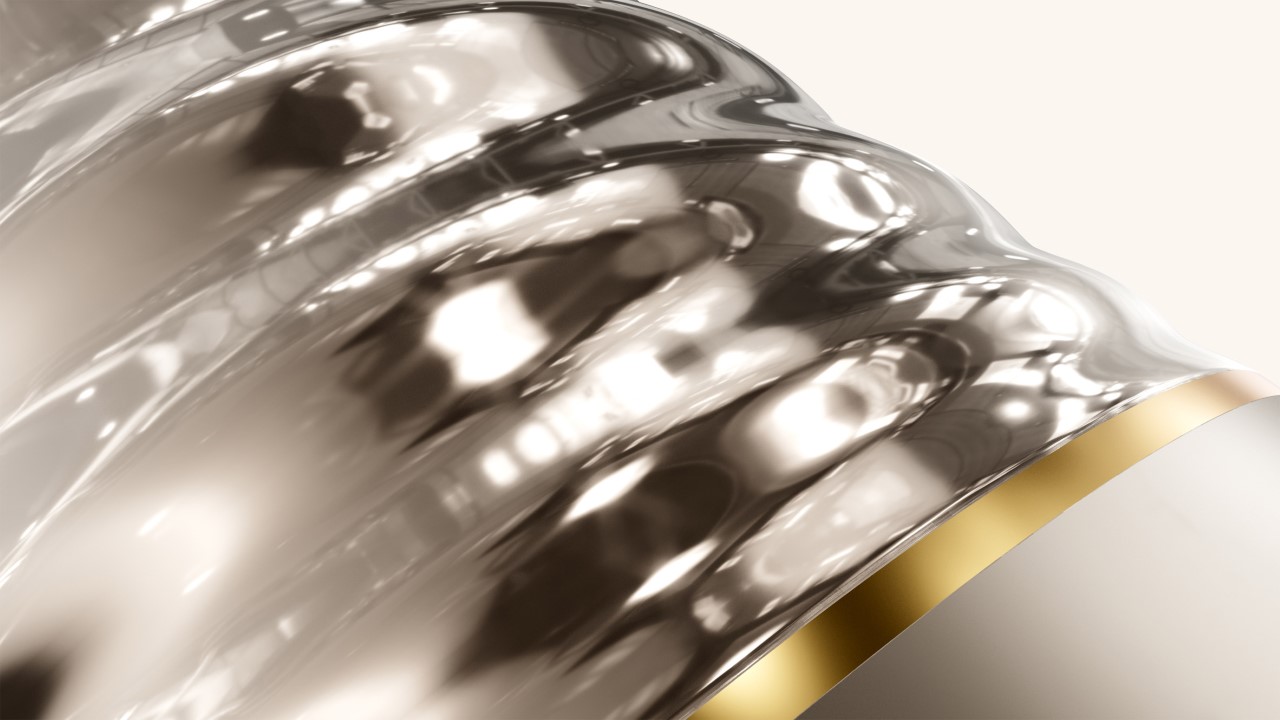
Each torch weighs 1.5 kilograms (3.3 pounds) and is 70 centimeters (27.5 inches) tall, and has a center of gravity that’s located in the middle of the torch, making it easier to carry than the top-heavy torches seen in the past. Organizers say that only 2000 torches will be produced for this edition – 5x fewer than the number from the previous Olympics and Paralympics, with the torch relay starting on the 8th of May next year. The torch will be lit in Ancient Olympia in Greece, beginning its journey to Marseille by boat.
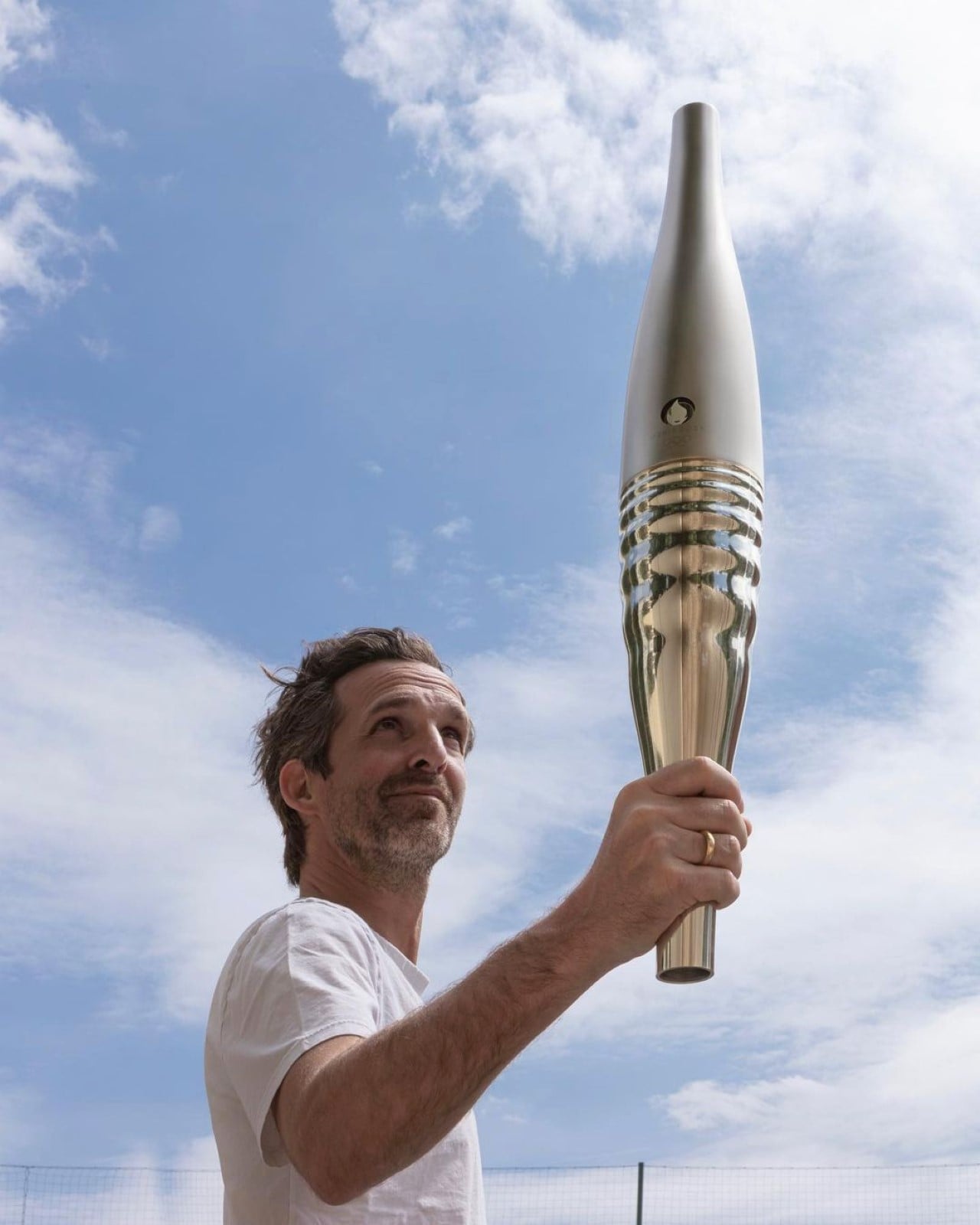
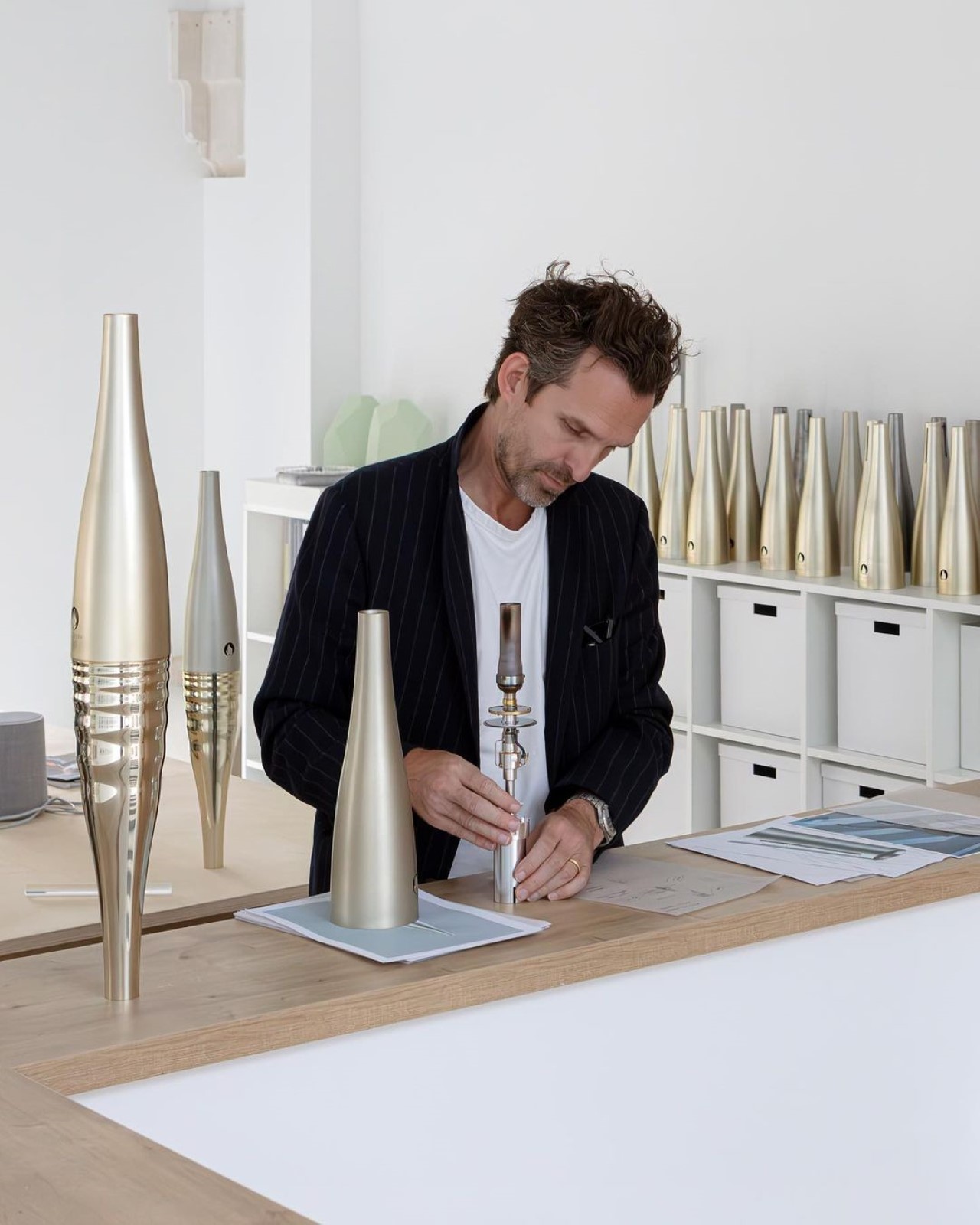
The post Paris 2024 Olympics And Paralympics Torch With a Symmetric, Rippled Design Symbolizes Equality first appeared on Yanko Design.
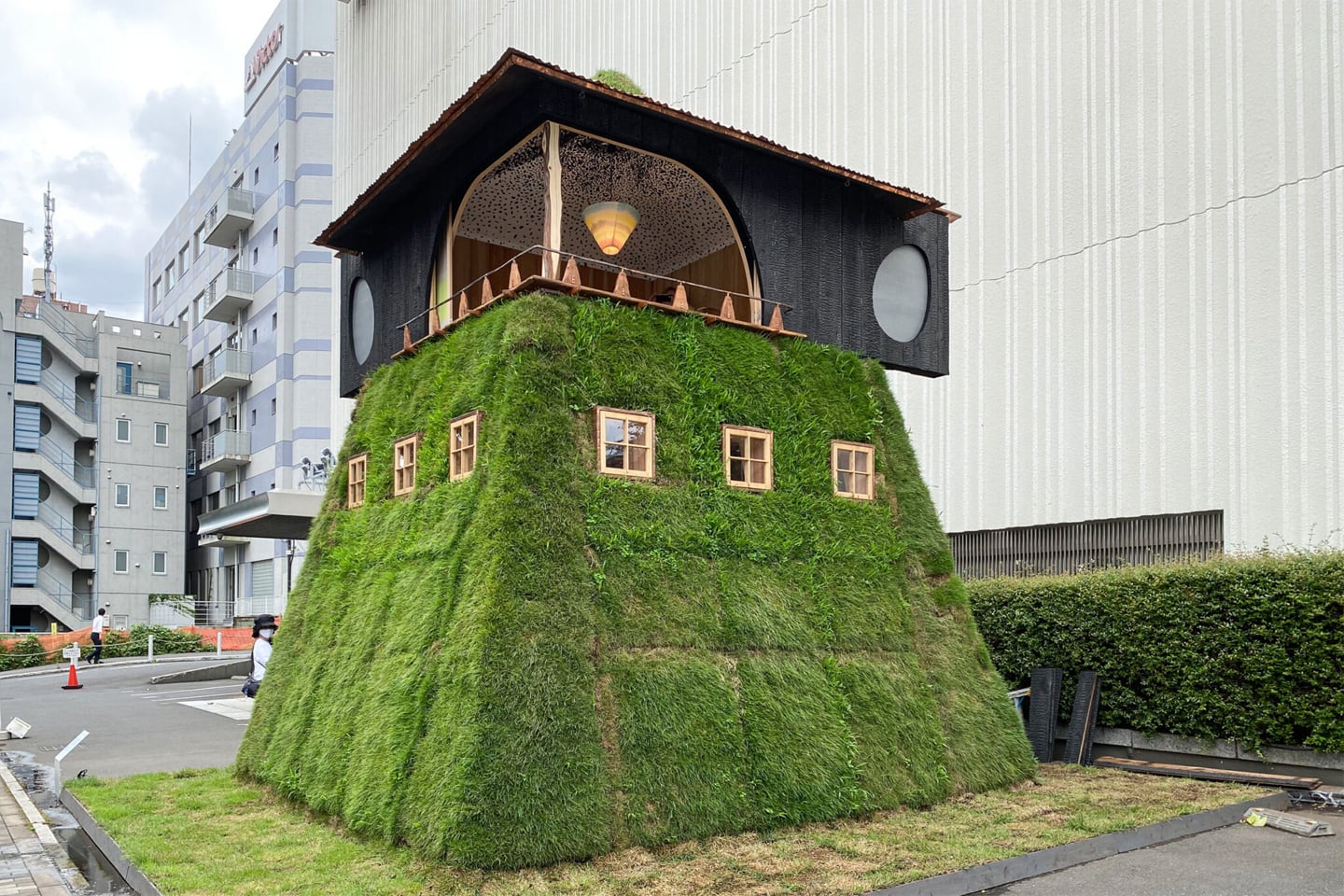
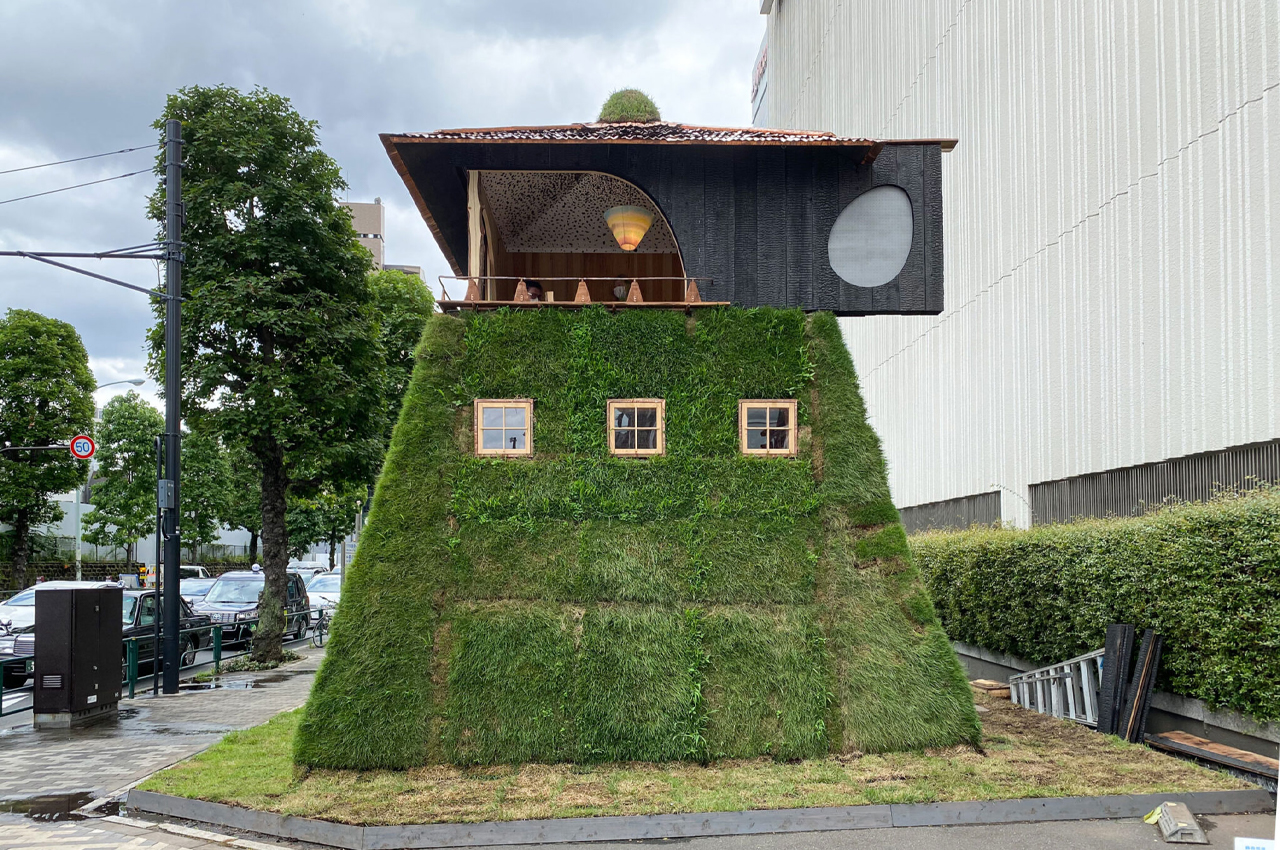
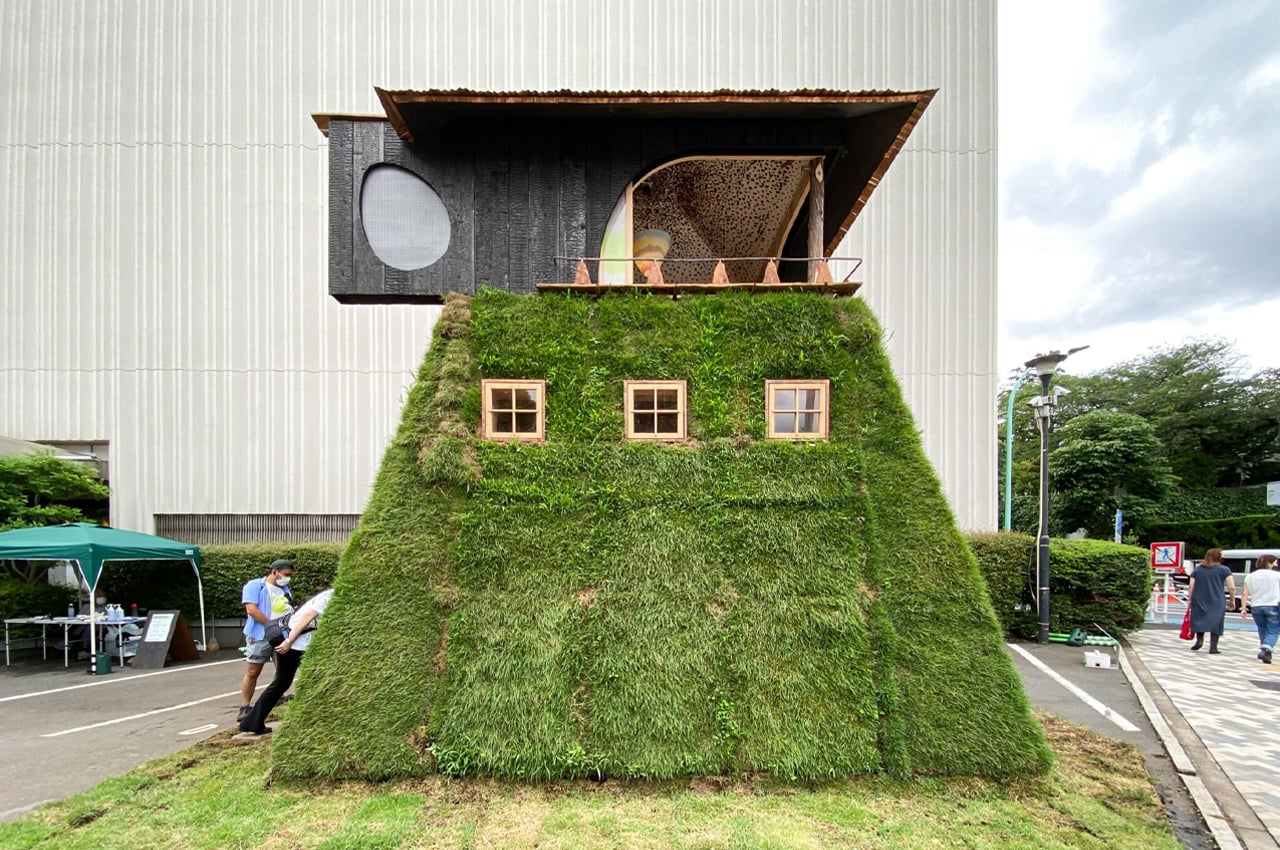
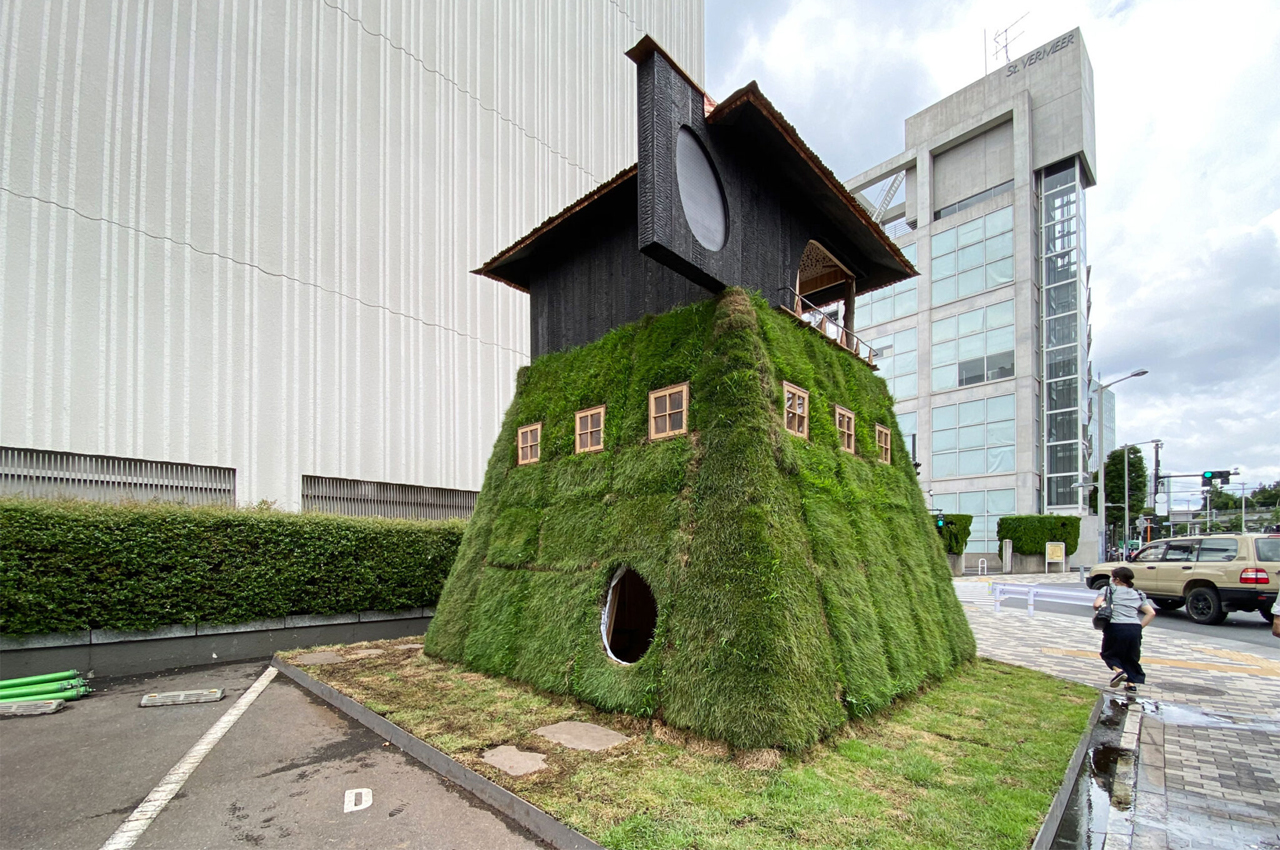
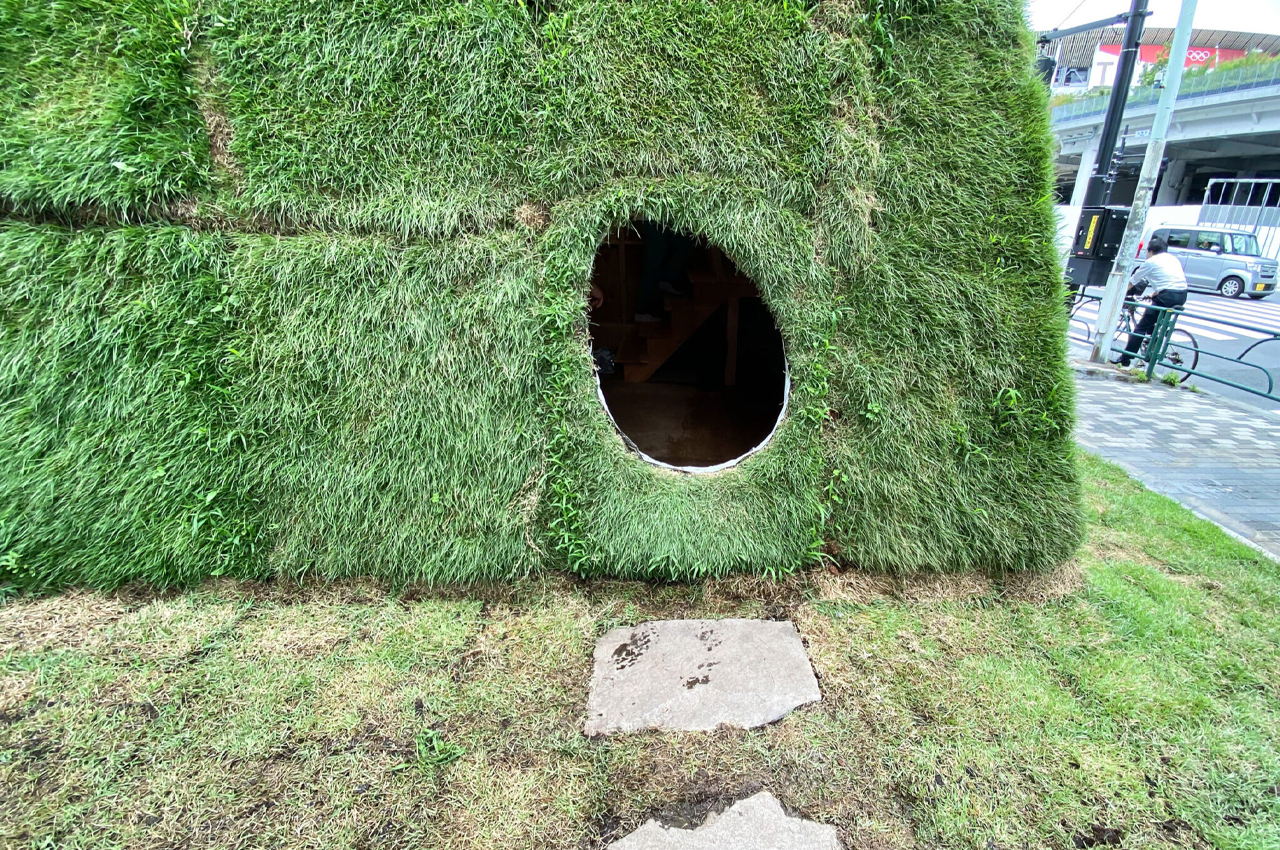
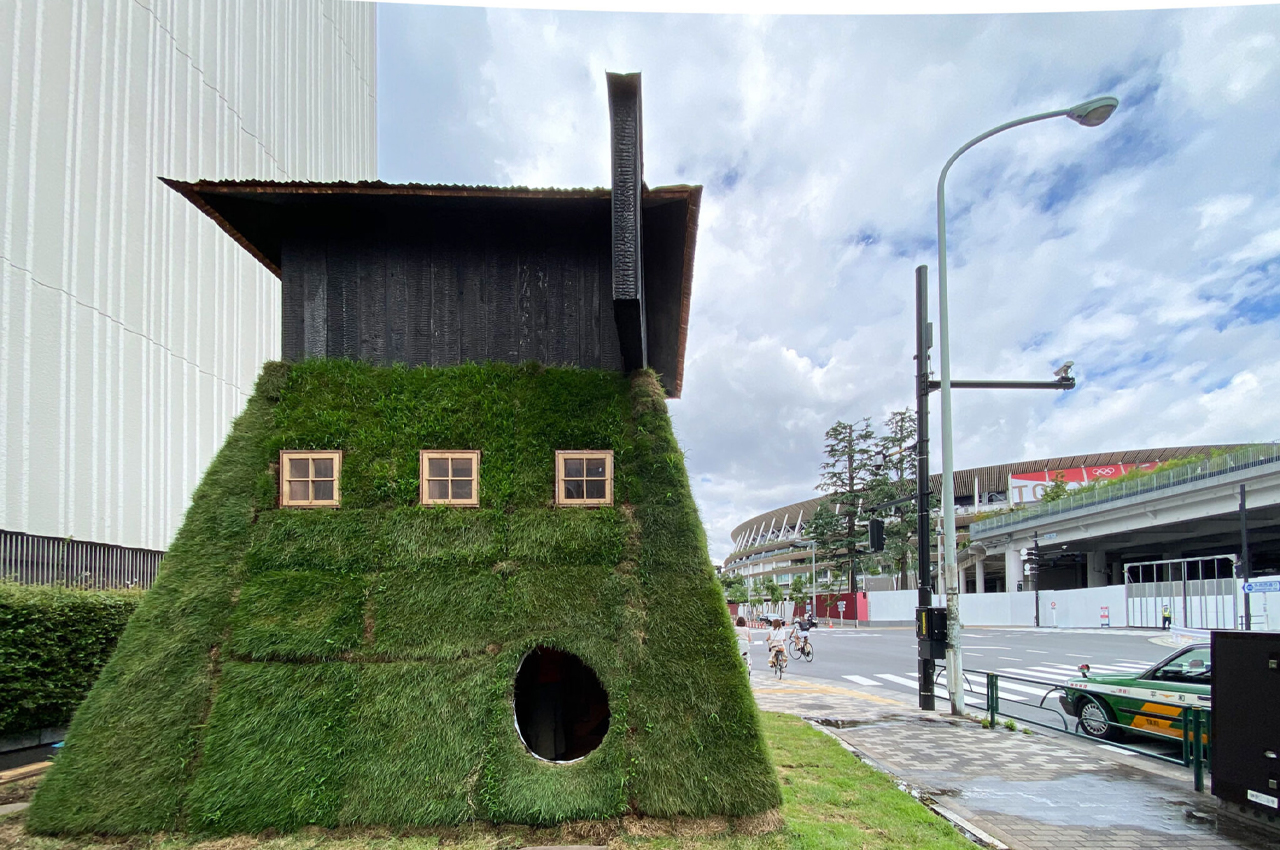
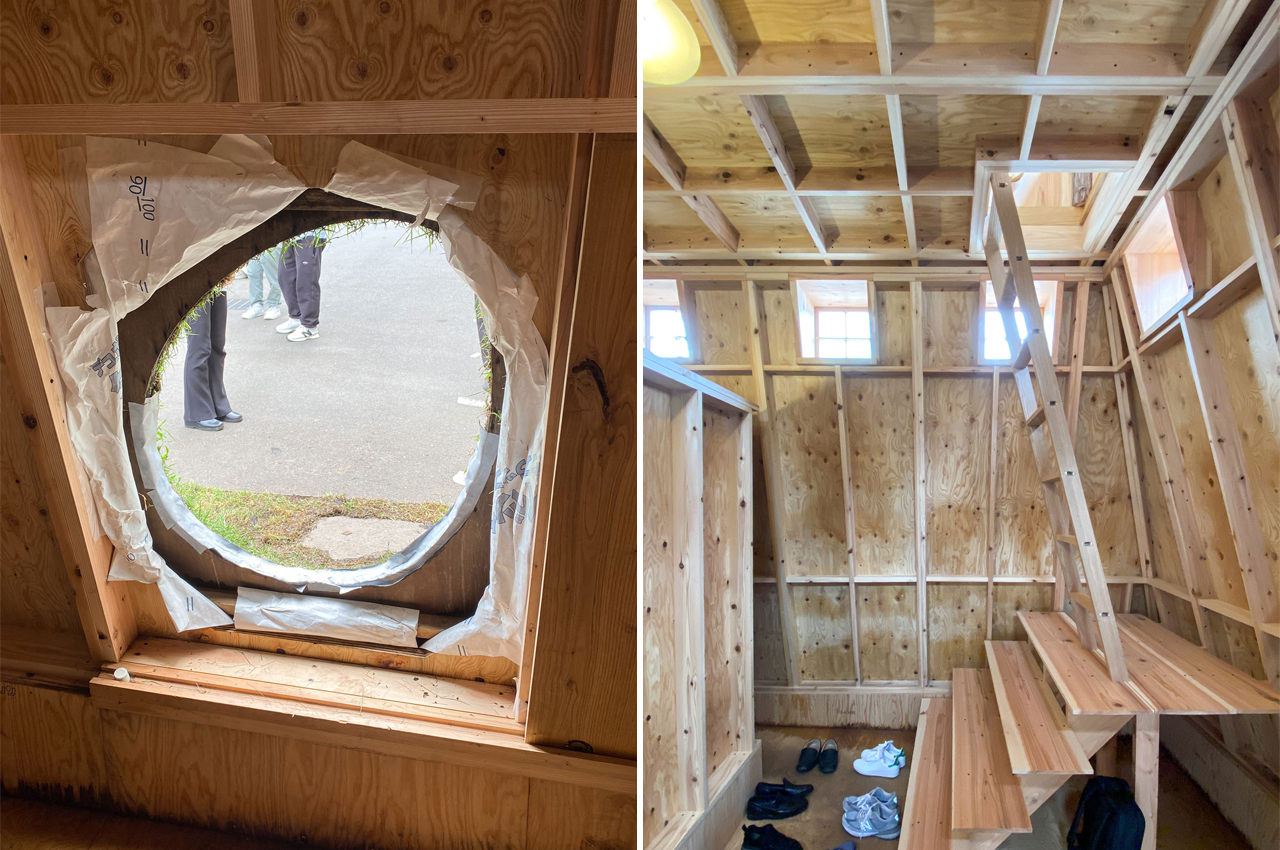
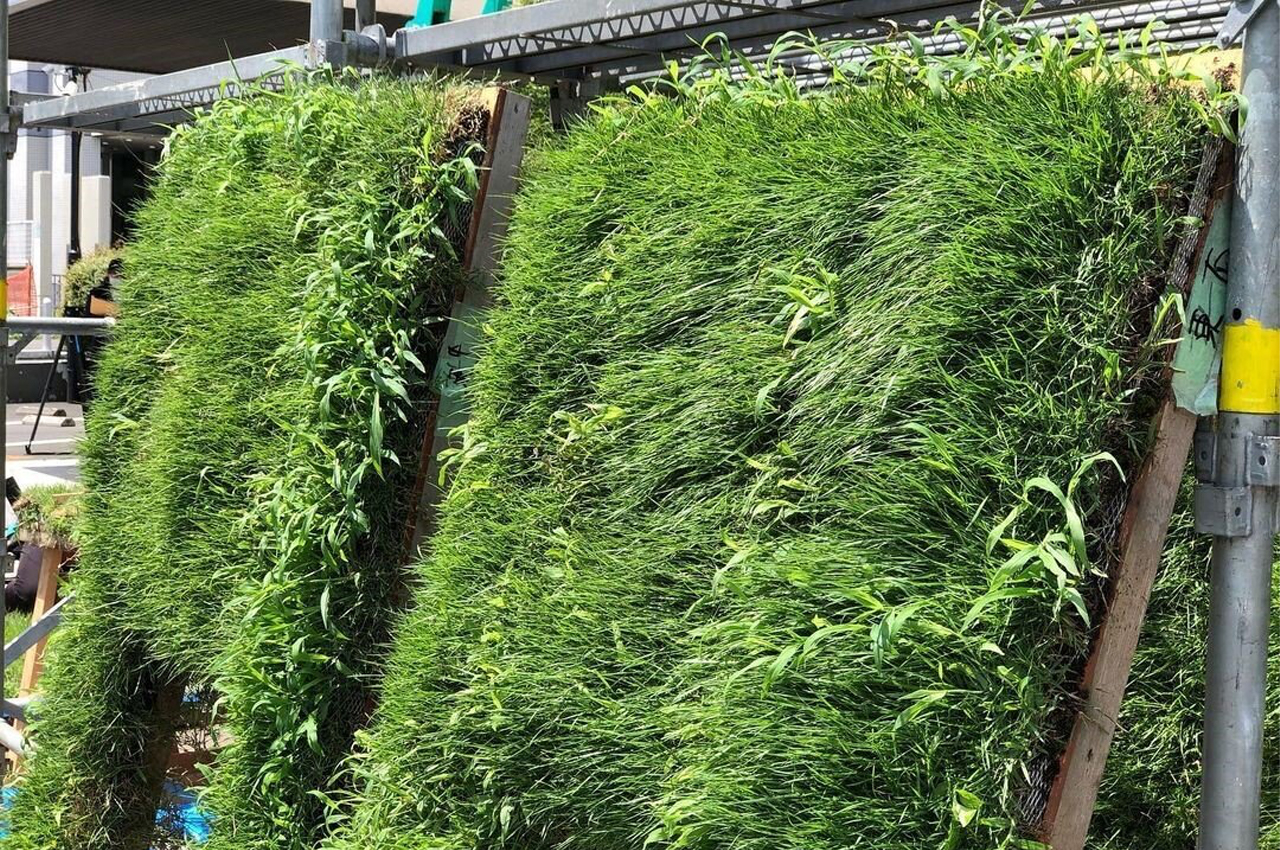
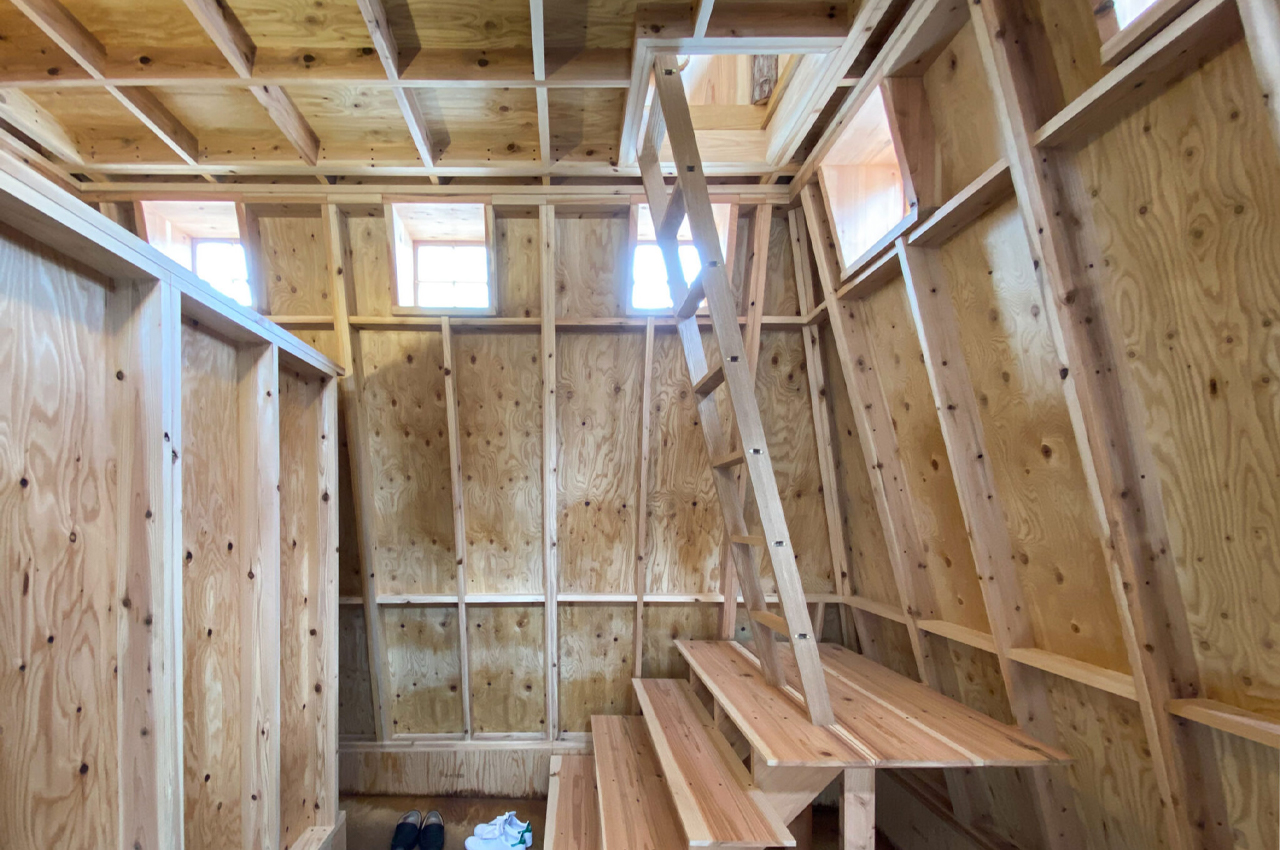
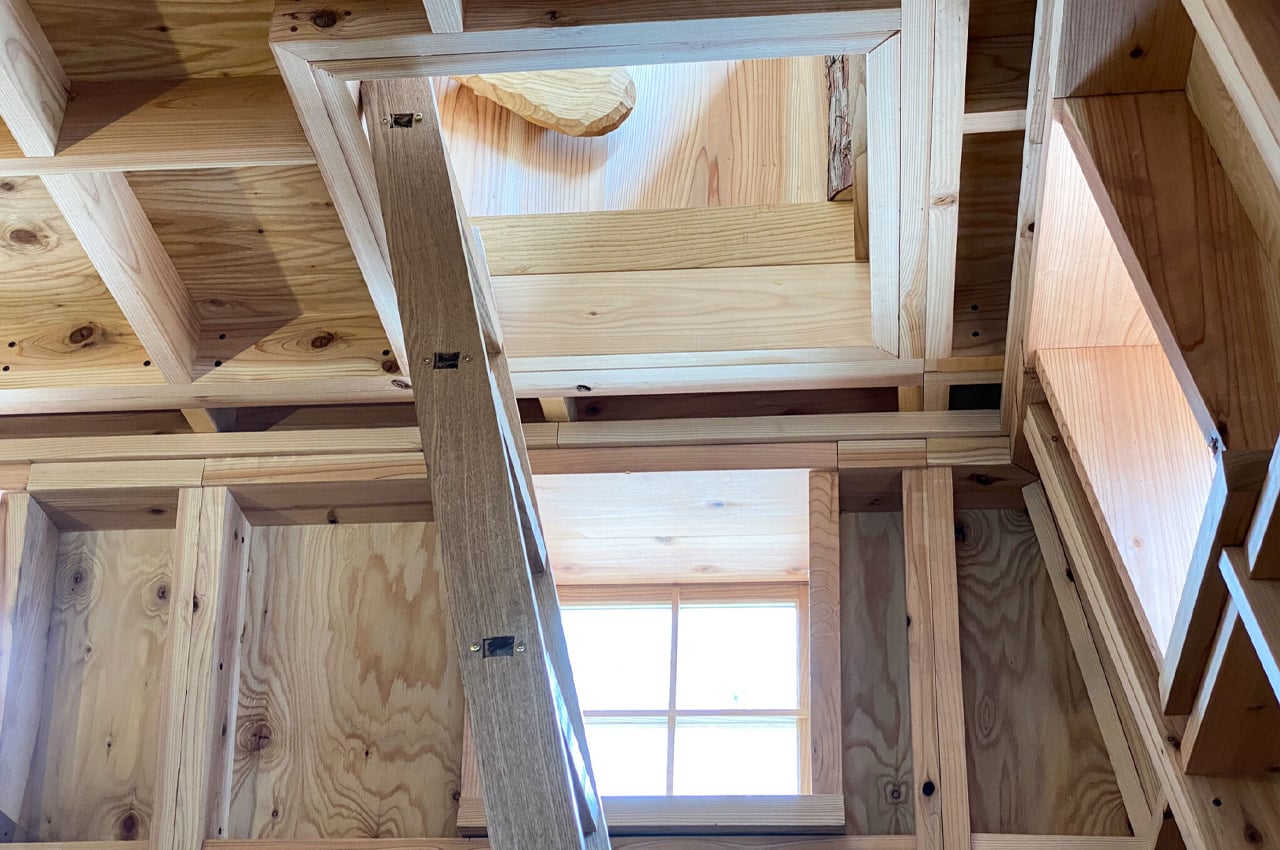 Inside, visitors access the upper tearoom via a wooden staircase and ladder, a reinterpretation of ‘nijiriguchi.’
Inside, visitors access the upper tearoom via a wooden staircase and ladder, a reinterpretation of ‘nijiriguchi.’